The plaintiff was a qualified voter at a parliamentary election, but the defendant, a returning officer, wrongfully refused to take the plaintiff’s vote. No loss was suffered by such refusal because the candidate for whom he wanted to vote won the election in spite of that. The court applied Injuria Sine Damnum as there was a violation of legal rights, even though there were no physical damages done to the plaintiff.
The police wrongfully detained X, an M.L.A. of J&K. Assembly, while he was going to attend the Assembly session. He was not produced before the Magistrate within the requisite period. There was a violation of fundamental right to personal liberty guaranteed under Article 21 of the Constitution. By the time the petition was decided by the Supreme Court, Bhim Singh had been released, but by way of consequential relief, damages amounting to Rs. 50,000 were awarded to him for breach of his legal right.
The plaintiff, Asharfilal’s name was wrongfully deleted from the voters list by the concerned authorities. Because of that, the plaintiff could not cast his vote, which violated his legal right to vote. Thus, he was entitled to get compensation.
A schoolmaster set up a rival school to that of the plaintiff, and because of the competition, the plaintiff had to reduce their fees from 40 pence to 12 pence per quarter. They claimed compensation from the defendants for the losses suffered. It was held that the plaintiff had no remedy for the losses suffered since the act, though morally wrong, had not violated any legal right of the plaintiff.
In this case, the plaintiff filed a suit against the defendant for constructing a well on his own land, thereby obstructing the flow of water on the plaintiff’s land, thus causing monetary loss to him as a result of scarcity of water for distribution to the people catered to by the organization. The court applied the doctrine of Damnum Sine Injuria and concluded that the plaintiff was not entitled to compensation as the defendant had not caused any wrongful loss or violation of any legal right to him.
In that case, the plaintiff constructed 16 shops on the old foundations of a building. The said construction was made without giving a notice of intention to erect a building under Section 178 of the U.P. Municipalities Act and without obtaining necessary sanction required under Section 180 of that Act. The defendants demolished this construction. In an action against the defendants to claim compensation for the demolition, the plaintiff alleged that the action of the defendants was illegal as it was mala fide. It was held that the defendants were not liable as no "injuria" could be proved because if a person constructs a building illegally, the demolition of such building by the municipal authorities would not amount to causing "injuria" to the owner of the property. Here, in this case, damages are with no legal injury caused to the Plaintiff by the Defendant. This is also a legal maxim, damnum sine injuria.
There, four defendants tried to ward off the flow of water into their plot from a stream by digging a trench as well as putting up a bund on their lands. The fifth defendant also, acting independently, put up bunds on her land to prevent the flow of water to her land. As a result of the act of these five defendants, the rainwater now flowed to the plaintiff's land, causing damage to them. The plaintiffs requested a mandatory injunction to demolish the bunds and to fill up the trench on the defendants' lands, for a permanent injunction preventing them from making bunds or making such trenches, and also for damages amounting to Rs. 300 for the loss already caused due to the flow of the water to their land. The High Court held that the owner of land on or near a river has a right to build a fence upon his own ground to prevent damage to his ground by the overflow of the river, even though as a result of the same, the overflowing water is diverted to the neighbor's land and causes damage. This being a clear case of Damnum Sine Injuria, the defendants were not liable for the harm to the plaintiffs.
The complainant, a married woman, aged 40 years, noticed the development of a painful lump in her breast. The lump had no effect on her uterus, but during surgery, her uterus was removed without any justification. It was held that the opposite party, i.e., the hospital, was liable for deficiency in service. It was also held that the patient's consent for the operation did not imply her consent to the removal of the uterus. Volenti non fit injuria was not applicable as the patient had not consented to the removal of the uterus.
The defendant's servant left a horse van unattended in a street. The horses bolted away and created danger to women and children on the road. A police constable managed to stop the horses, but he himself was injured in that process. Even though the policeman had taken the risk voluntarily, he was entitled to claim compensation because he had gone to rescue women and children. The same is the position if a person takes some risk to rescue property from a danger created by the defendant. Volenti non fit injuria was not applied as the action was considered a duty to rescue.
In Hall v. Brooklands Auto Racing Club, the plaintiff was a spectator of a car racing event, and the track on which the race was going on belonged to the defendant. During the race, two cars collided, and one was thrown among the people who were watching the race. The plaintiff was injured. The court held that the plaintiff knowingly undertook the risk of watching the race. It is a type of injury which could be foreseen by anyone watching the event. Volenti non fit injuria was applied, and the defendant was not held liable.
Knowledge of risk is not the same thing as consent to run the risk. The maxim is Volenti Non Fit Injuria and not scienter non fit injuria knowledge of danger does not necessarily imply consent to bear that danger. In this case, the person who got hurt was working in a place where a crane was lifting heavy stones over his head while he was drilling rocks. Both he and his employers knew that there was a risk of stones falling, but he wasn't warned about when exactly the lifting would commence. A stone from the crane fell upon him and injured him. The House of Lords held the defendants liable, stating that mere knowledge of the risk did not imply consent.
It was held that the use of explosives in a maidan (open ground) even on a day of the festival is a non-natural use of land . Under the Indian Explosives Act, for making and storing explosive substances even on such places and at such occasions, licenses have to be taken from the prescribed authorities. The non-natural use of land doctrine was applied, and the defendant was held liable for any harm that could be caused.
In this case, the appellant plaintiff drank a bottle of ginger beer which was brought from a retailer by her friend. The bottle, which was of dark opaque glass, in fact, contained the decomposed body of a snail (found out by her when she had already consumed a part of the contents of the bottle). The court held that the manufacturer of the bottle was responsible for his negligence towards the plaintiff. According to Lord Atkin: “A manufacturer of the products, which he sells in such a form as to show that he intends them to reach the ultimate consumer in the form in which they left him with no reasonable possibility of intermediate examination and with the knowledge that the absence of reasonable care in the preparation or putting up of the products will result in an injury to consumers’ life or property, owes a duty to the customer to take that reasonable care.”
This case involved a claim for damages against the Municipal Corporation of Delhi due to the collapse of a clock tower in Chandni Chowk, resulting in the death of several individuals. The plaintiffs, heirs of the deceased, filed suits alleging negligence on the part of the Municipal Committee in maintaining the structure. The trial court and the High Court found in favor of the plaintiffs, applying the doctrine of Res Ipsa Loquitur and holding the Municipal Corporation liable for the damages.
In this case, the petitioner had undergone a medical procedure performed by the respondent doctor, which resulted in injury to the petitioner. The petitioner claimed compensation from the doctor for the losses suffered as a result of the medical negligence. The Supreme Court held that the doctor was liable for medical negligence in the treatment of the petitioner and ordered the doctor to pay compensation to the petitioner.
This is a landmark judgment decided by the full bench of the Supreme Court of India, which has decided the issue of medical negligence in-sync with the Bolam’s Principle. In this case, the complaint was that the appellant doctor was called to attend to the patient in a hospital as the patient was having difficulty in breathing. The doctor connected an oxygen cylinder to the mouth of the patient, but the breathing problem increased further, as the oxygen cylinder was later found to be empty. There was no other gas cylinder available in the room, and a gas cylinder was brought by the attendant of the patient himself from the adjoining room, but there was no arrangement to make that gas cylinder functional. The patient ultimately died in this chaos. A complaint was registered under Section 304-A of the IPC. The Supreme Court in this case observed that no sensible professional would intentionally commit an act or omission that would result in loss or injury to the patient as the professional reputation of the person is at stake. The Court held that the doctor must exercise a reasonable degree of care for his patient and he must bring to his task a reasonable degree of skill and knowledge.
In this case, an action for nervous shock to the plaintiff was recognized when there was no fear of physical injury to the plaintiff herself, but there was a fear of injury to her children. A lady saw a lorry violently running down a steep and narrow street soon after having parted with her children. She was frightened about the safety of her children. When told by a bystander that a child answering the description of one of her children had been injured, she suffered nervous shock which resulted in her death. The defendants, who had negligently left the lorry unattended, were held liable even though the lady suffering the shock was not herself within the area of physical injury.
The plaintiff, a fishwife, while getting out of a tramcar, heard of an accident but could not see the same as she was about 50 feet away from the scene and her view was obstructed by the tramcar. In the accident, which had occurred, a negligent motorcyclist had been killed. After the body of the motorcyclist had been removed, the fishwife happened to go to the scene of the accident and saw the blood on the road. As a result of the same, she suffered nervous shock and gave birth to a stillborn child. She sued the personal representatives of the motorcyclist. The House of Lords held that the deceased could not be expected to foresee any injury to the plaintiff, and therefore, he did not owe any duty of care to her and as such, his personal representatives could not be made liable.
The defendants published an article stating that "Harold Newstead, a Camberwell man," had been convicted of bigamy. The story was true of Harold Newstead, a Camberwell barman. However, the action for defamation was brought by another Harold Newstead, a Camberwell barber. As the words were considered to be understood as referring to the plaintiff, the defendants were held liable.
The Bhopal gas tragedy is, till date, the world’s worst industrial disaster. It occurred in December 1984 at Bhopal in Madhya Pradesh. The tragedy was a result of the leak of the methyl isocyanate (MIC) gas from the Union Carbide India Ltd (UCIL) plant which manufactured pesticides. On the night of December 1984 , there was a leak of the MIC gas. All around the city of Bhopal, people were exposed to this gas and the immediate effects of inhaling the gas were coughing, vomiting, severe eye irritation and a feeling of suffocation. Thousands of people died. The Court applying the principle of “Absolute Liability” held the company liable and ordered it to pay exemplary compensation to the victims and their employees.
This case dealt with the leakage of poisonous oleum gas from one of the units of Shriram Industries in Delhi, as a result of which several people were injured. The Court held that irrespective of any lack of negligence or intention, the defendant was absolutely liable for the damage caused. In this rule of absolute liability, there are no defenses available as in the strict liability rule. The court said, “A person who carries on such an extremely dangerous activity is responsible for any harm that may flow from such activity.”
A workman on a rainy night was going back home from the factory riding his bicycle. The road was entirely covered by water due to the heavy rain. Nothing was visible on the road. A snapped live electric wire was lying on the road, which was used by one person (3rd Respondent) who, without the electrical board’s knowledge, was secretly stealing energy for his own home. The deceased could not notice the wire and came in contact with it. He died instantaneously due to electrocution. An action was brought against the M.P. Electricity board. The Supreme Court held that the Electricity Board had a statutory duty to supply electricity in the area. If the energy so transmitted causes injury or death of a human being, who gets unknowingly trapped in it, the electricity supplier will be strictly liable for the same.
The defendant constructed a huge reservoir on his land for providing water to his mill. The defendant was not aware that just next to his reservoir there were some unused mineshafts. The water burst through the reservoir into the shaft and flooded the plaintiff’s coal mines in the adjoining land. The court held the defendant liable because if a person brings a potentially dangerous thing on his land, and if such a thing escapes and causes damage, then such a person should be responsible, even if he was not negligent.
The railway company had constructed a culvert to carry water from the railway track to a nearby river. The culvert discharged the water onto the land of the Zemindar, which caused damage to his crops. The Zemindar filed a suit against the railway company, seeking compensation for the damage caused. The Privy Council held that the railway company did not have an absolute right to discharge the water onto the Zemindar’s land, even under the principle of **_natural user_**. The railway company was required to take reasonable precautions to prevent damage to the Zemindar’s land, and if they failed to do so, they could be held liable for the damage caused.
In this case, a driver was employed as a temporary employee by the Rajasthan State. He was posted under the Collector. After necessary repairs to the car, the driver, while driving the car back along a public road, knocked down a pedestrian who was walking on the footpath, causing multiple injuries resulting in death. The plaintiff filed a case for compensation against the State. The court held that the Rajasthan Government is liable for the acts of its servant done in the course of employment, as these acts and functions are similar to that of any other employer, rejecting the defense of sovereign immunity.
Ralia Ram arrived at Meerut to sell gold, silver, and other goods in the market. While passing through Bazaar with his goods, he was taken into custody by three police constables. His belongings were seized, and he was detained. After some time, he was released, and his silver was returned, but he could not recover the gold. He filed a suit against the State. The court held that the act of negligence was committed by police officers while dealing with the property they had seized in the exercise of their statutory power. Since this was a sovereign function, the State was not held liable for the loss suffered by the appellant due to negligence of the police.
The plaintiff was carrying cartridges and game during a pheasant shoot when he got hit by a shot fired by the defendant. The shot had bounced off a tree before hitting the plaintiff. The court decided that the defendant wasn't responsible for the accident, applying the principle of inevitable accident
In this case, a Bangladeshi woman was gang-raped by Railway employees in Railway premises. The Supreme Court held that even though the victim was a foreign citizen, she was entitled to protection of the right to life under Article 21 of the Constitution . The Central Government was held **_liable_** to pay compensation to the victim, rejecting the defense of sovereign immunity.
In this case, the Supreme Court emphasized that the liability of the State should be statutorily recognized, and the rule of the exemption of State from liability should be done away with. It was held that in the interest of social justice in a welfare state, the Courts in India should discard the rule of exemption of the State from liability on the ground of sovereign function
Overseas Tankship (U.K.) Ltd. v. Morts Dock and Engg. Co. Ltd. 1961 [Wagon Mound Case] [Remoteness of Damage]
In this case, it was held that the test of reasonable foresight is the better test. The Wagon Mound, an oil-burning vessel, was chartered by the appellants, Overseas Tankship Ltd., and was taking fuel oil at Sydney port. Due to the negligence of the appellants’ servants, a large quantity of oil was spilt on the water. About 60 hours later, molten metal from the respondent’s wharf fell on floating cotton waste, which ignited the fuel oil on the water, causing great damage to the wharf. The Supreme Court of New South Wales held the O.T. Ltd. liable, but the decision was reversed on appeal, applying the test of reasonable foresight.
The post office employees opened a manhole for the purpose of maintaining underground telephone equipment. The manhole was covered with a tent. One evening, it was left surrounded by paraffin lamps but otherwise unguarded. A child of eight years entered the tent and started playing with one of the lamps. The lamp fell into the manhole and caused a violent explosion resulting in the fall of the boy also in the hole, causing severe injuries. The House of Lords held that since the kind of damage was foreseeable , although the extent was not, the defendants were liable
The defendant constructed three artificial lakes which were fed by a natural stream. The lakes were well constructed and adequate in all normal circumstances. An extraordinary rainfall burst the banks of artificial lakes on the defendant’s property and the flood water destroyed a number of bridges owned by the county council. It was held that the defendant was not negligent and the accident was due to an act of God.
In this case, the complainant was employed as a galvanizer of steel for the defendants, Leech Brain & Co Ltd. He had been working and operating a machine in the workplace, when a piece of molten metal burnt his lip. Although the burn was treated, he developed cancer and died three years later. The complainant had a pre-cancerous condition before the burn had taken place. The defendants were held to be negligent and liable for damages to the complainant. The eggshell skull rule was applied, meaning the defendants were liable for the full extent of the injury, even though the complainant had a pre-existing condition.















































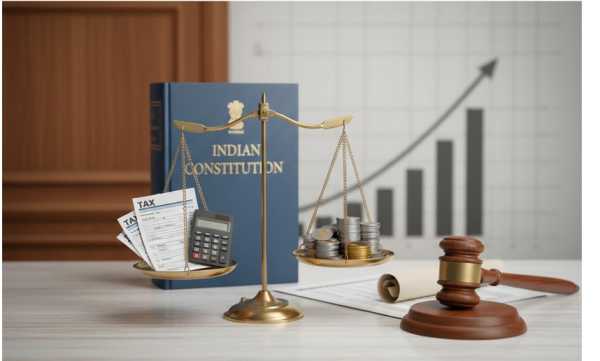


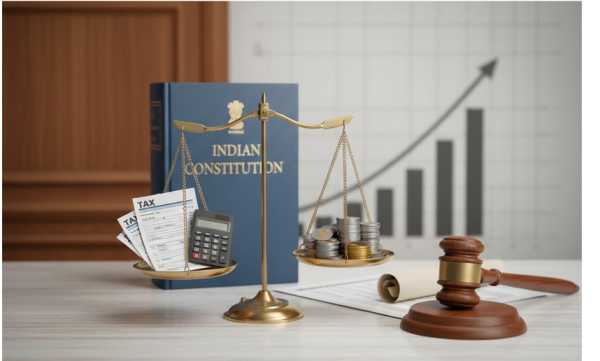




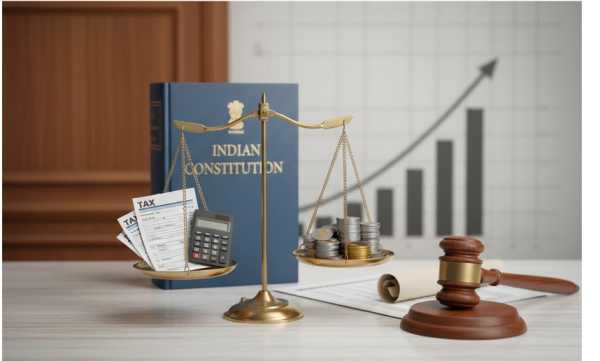

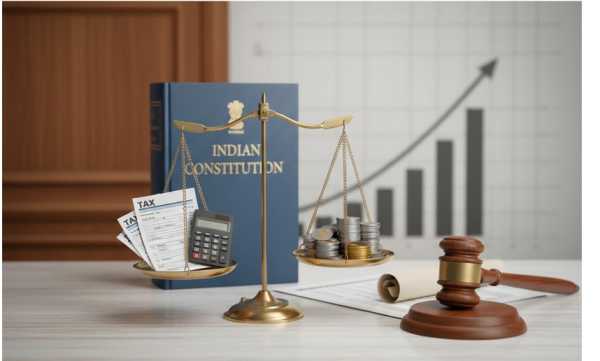

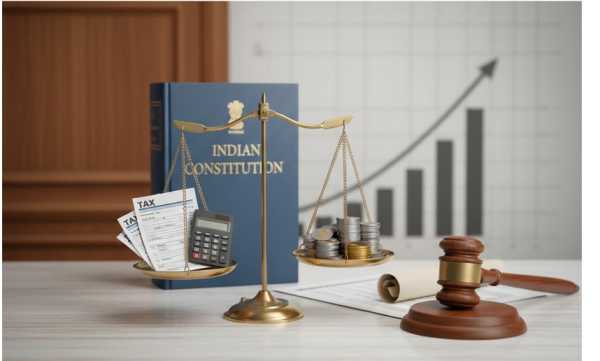
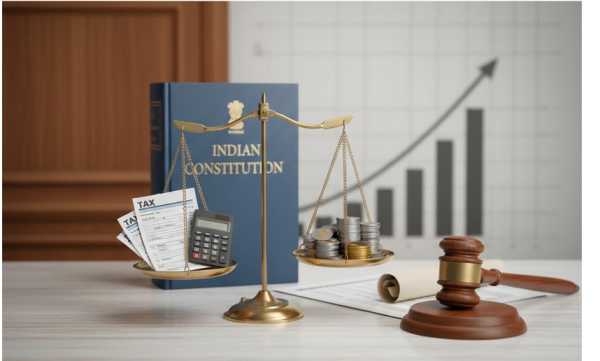
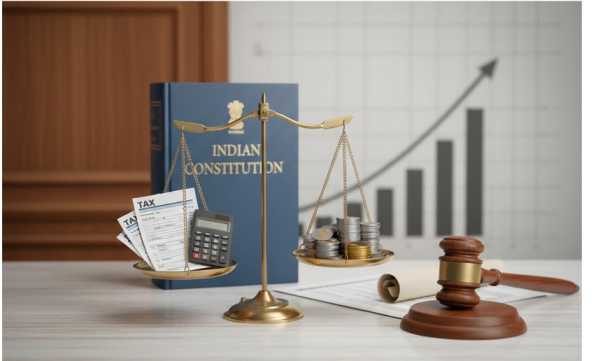
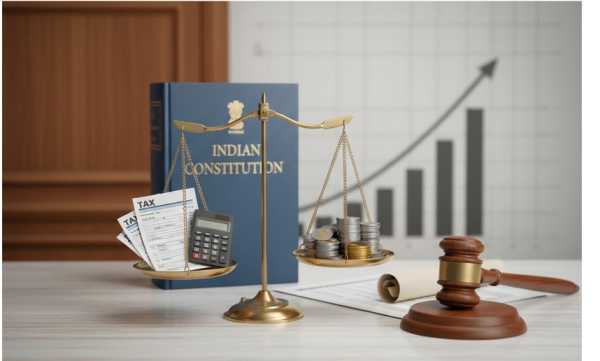
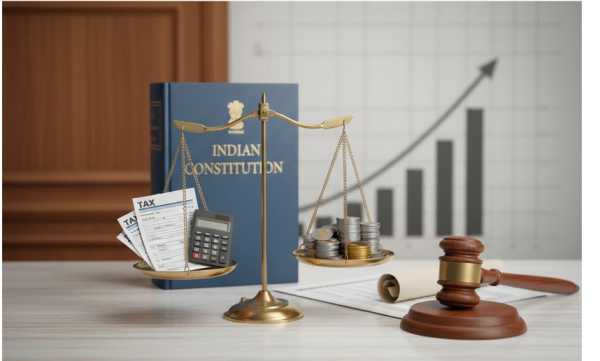






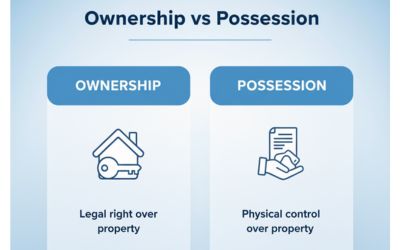



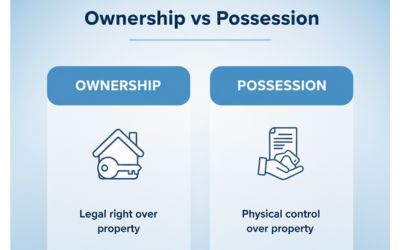

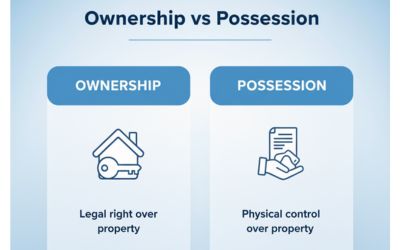

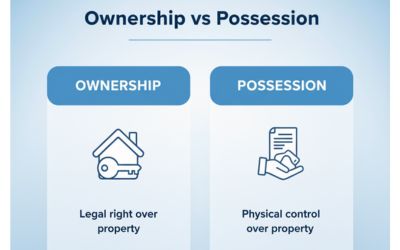






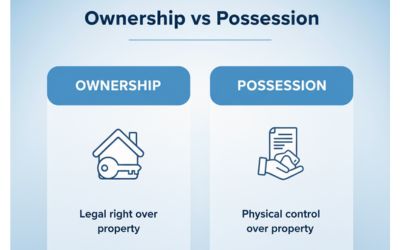




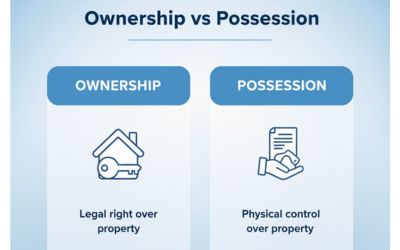
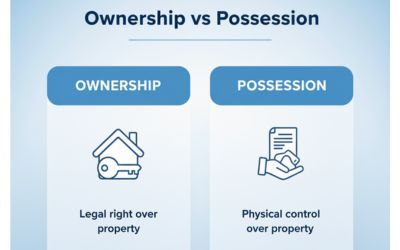







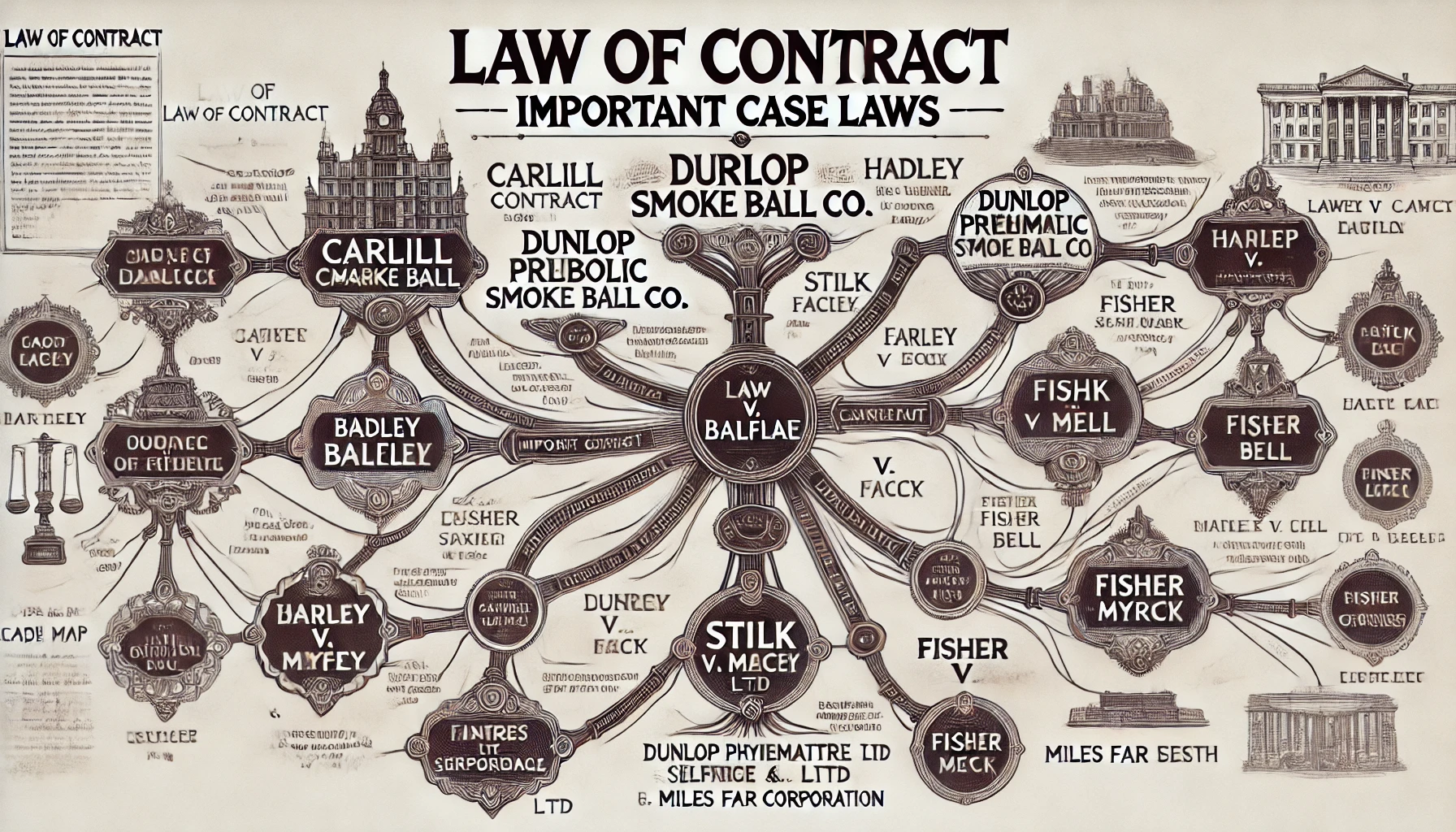
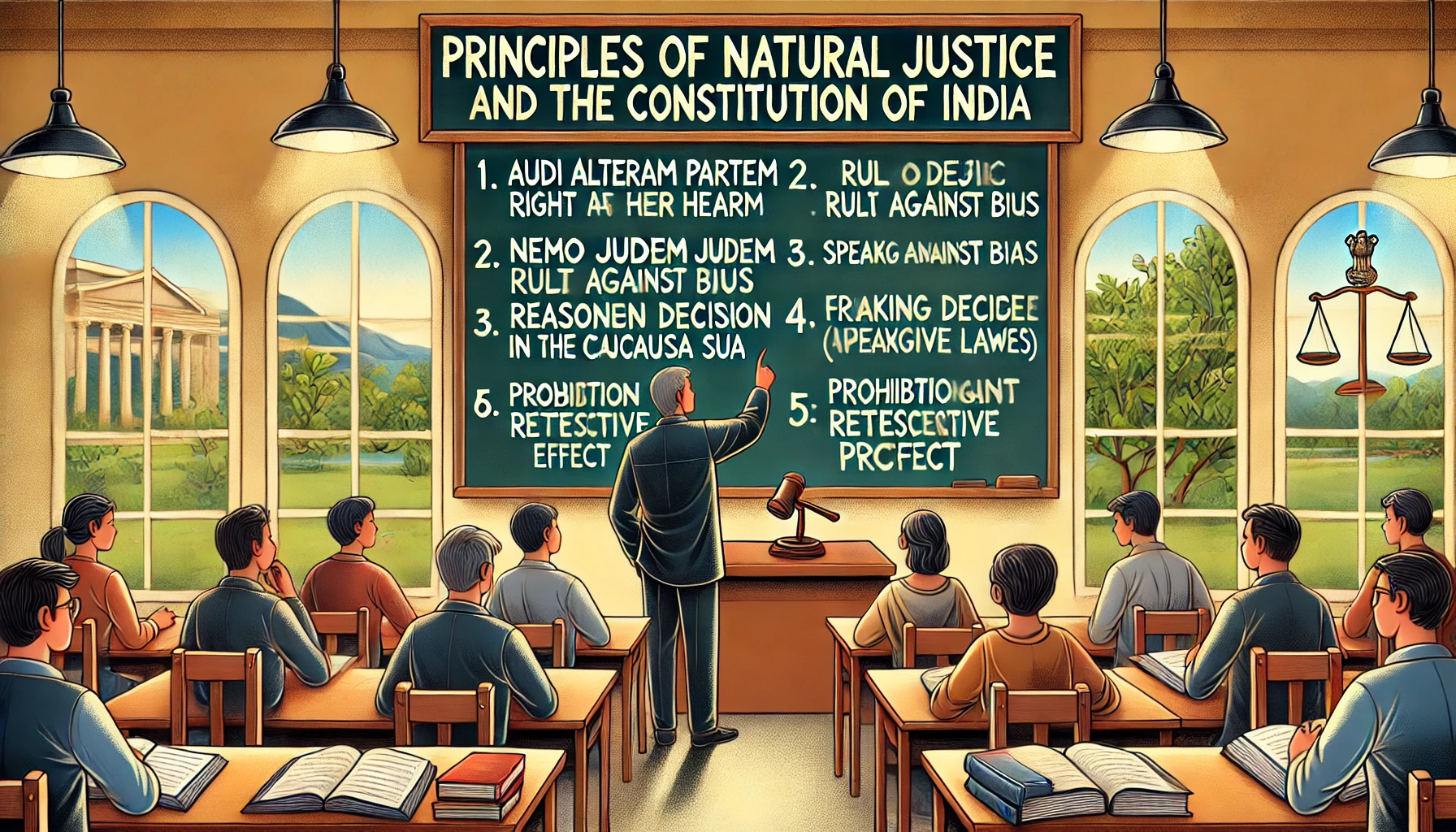


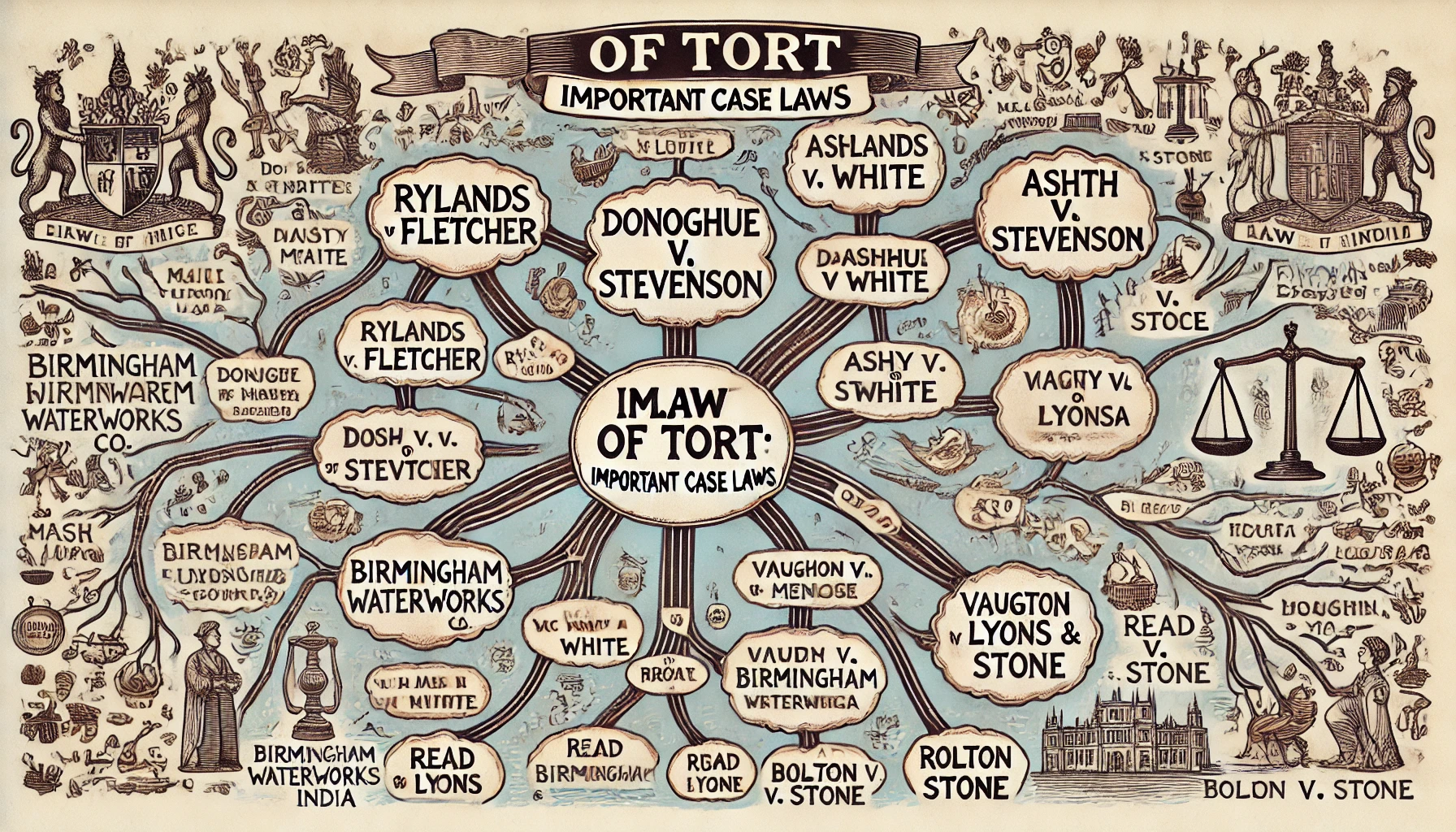

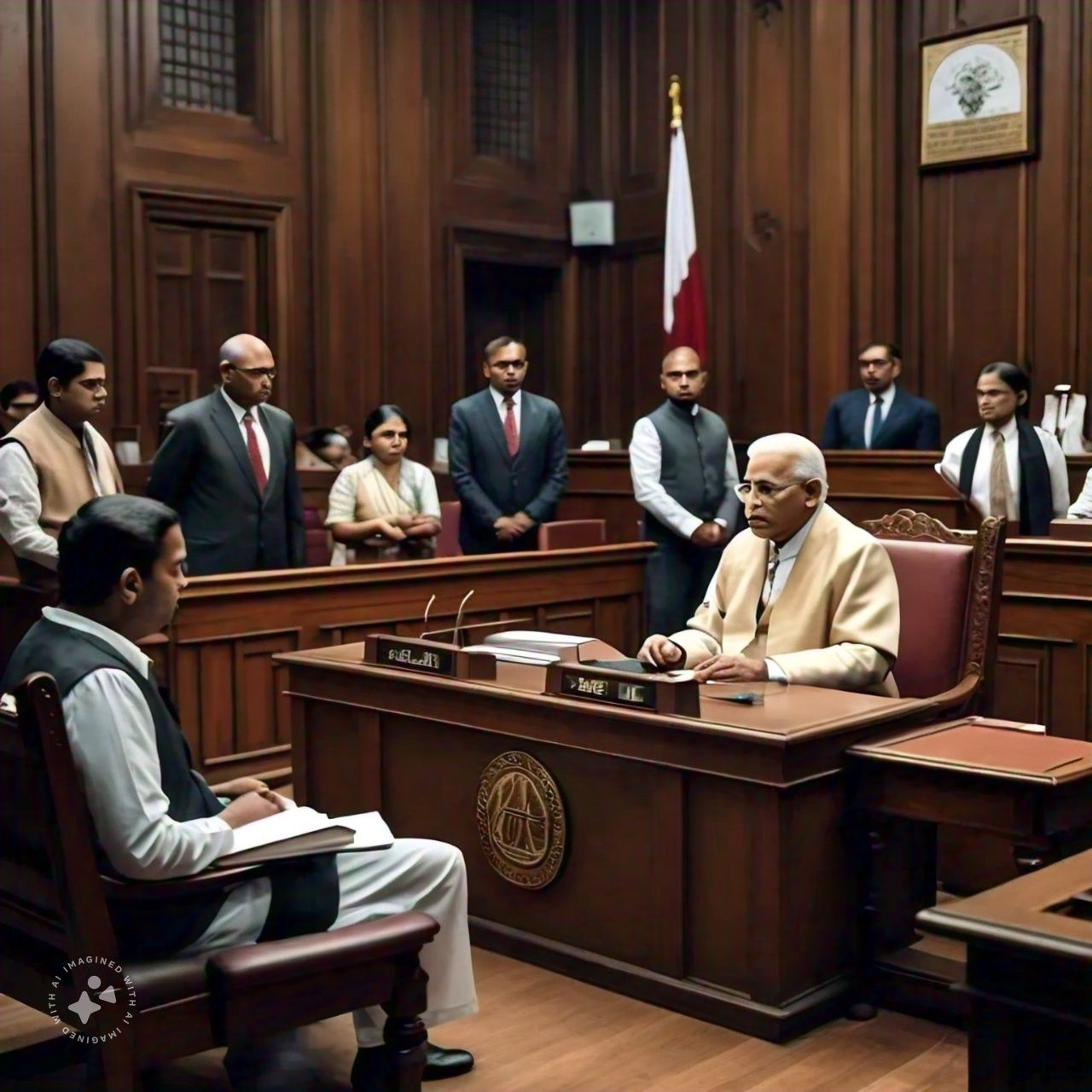



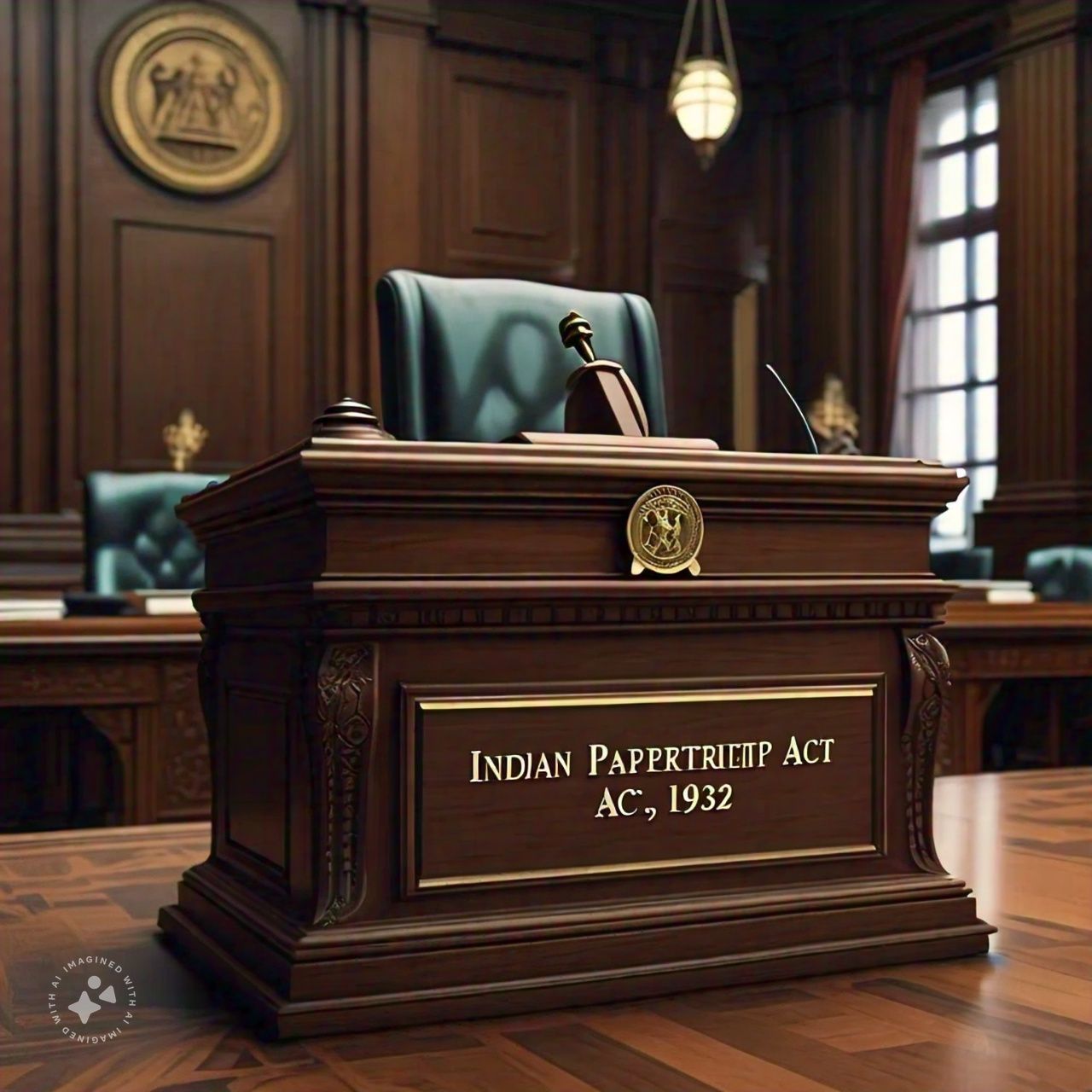
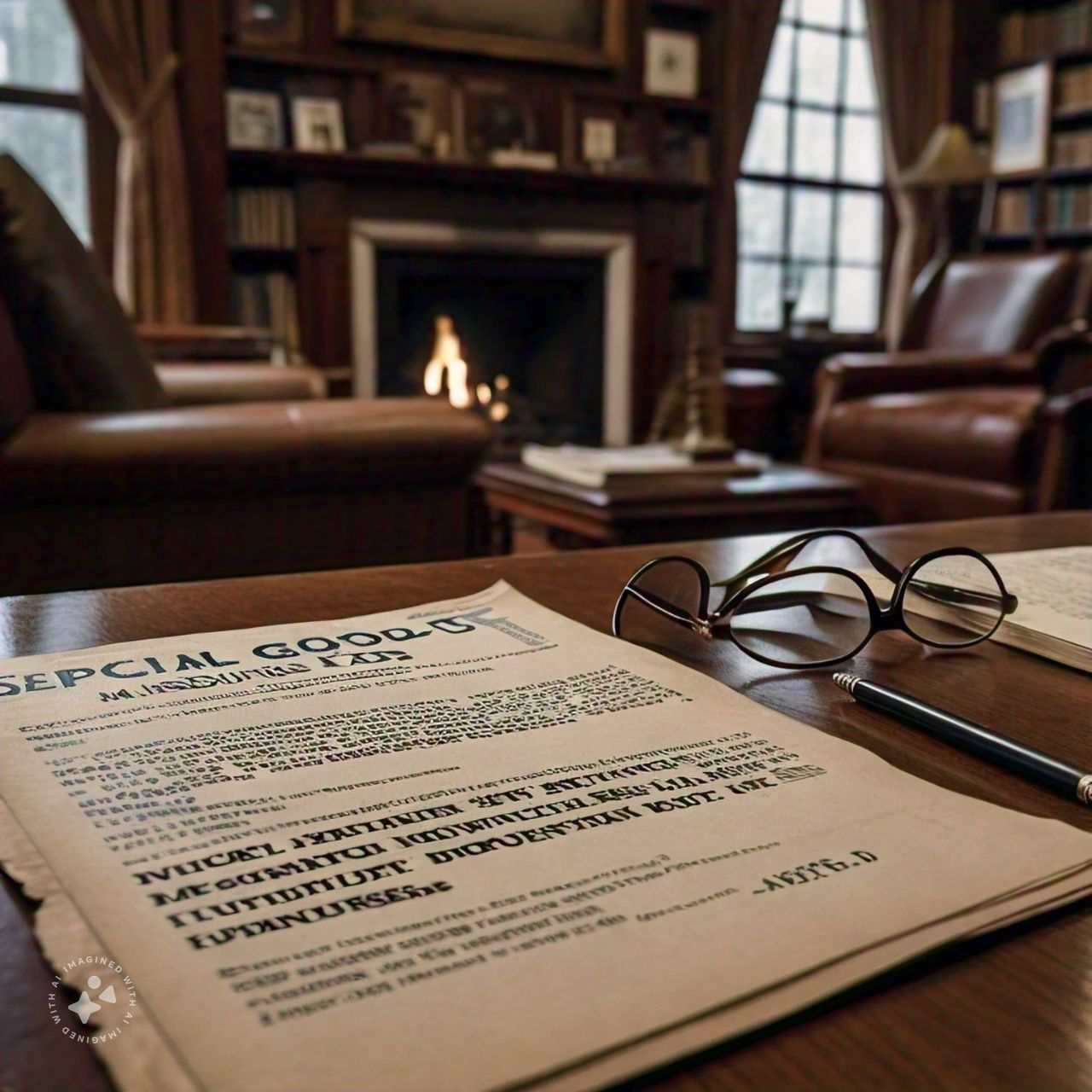
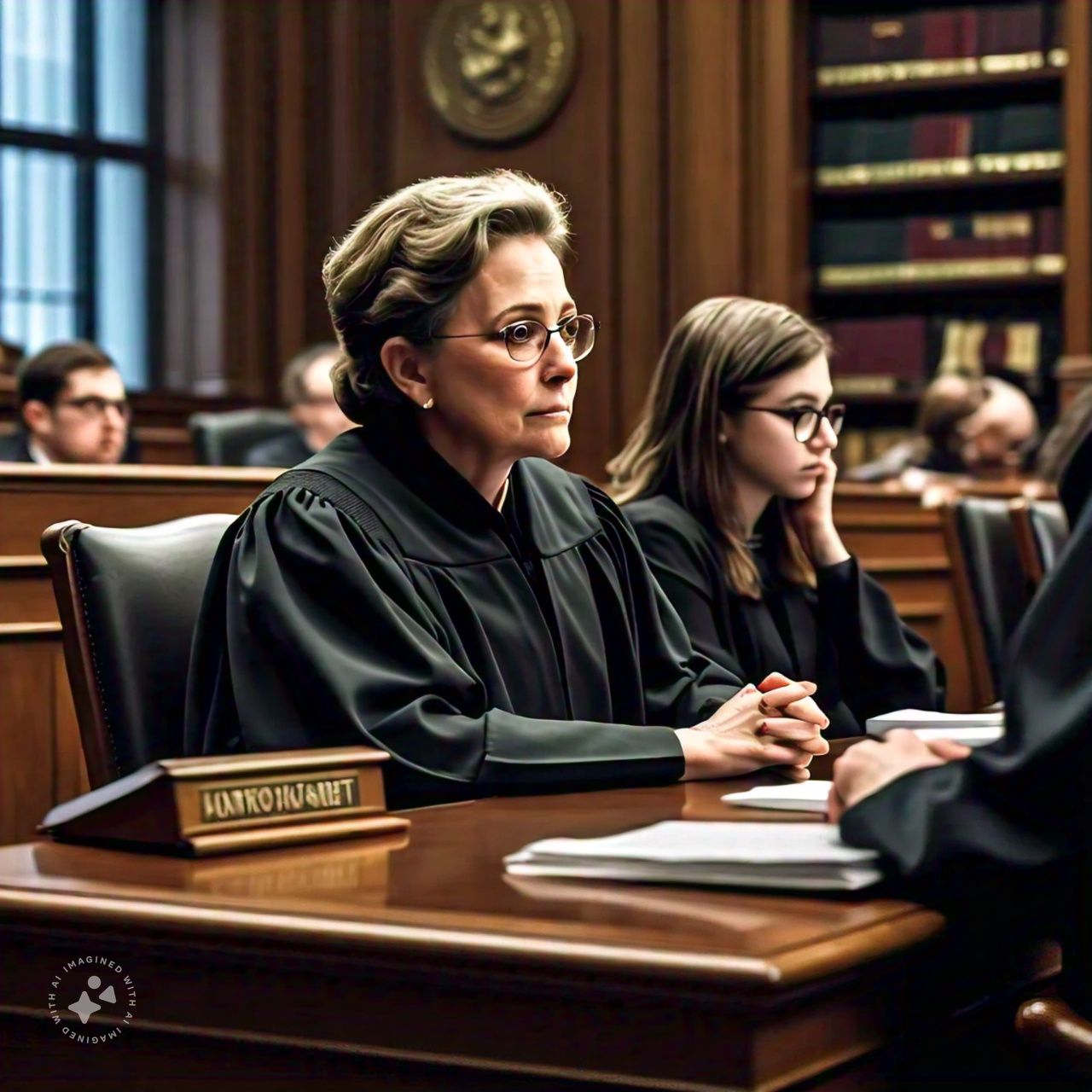

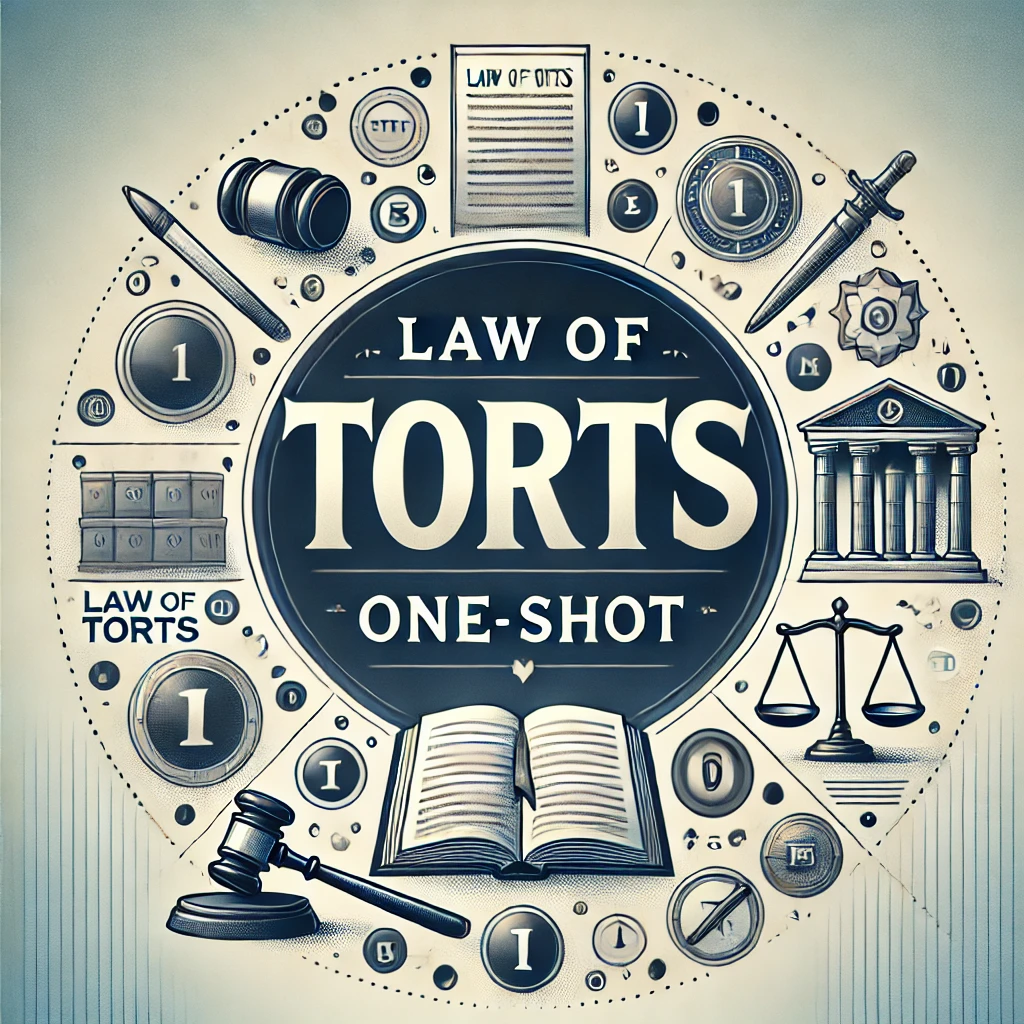

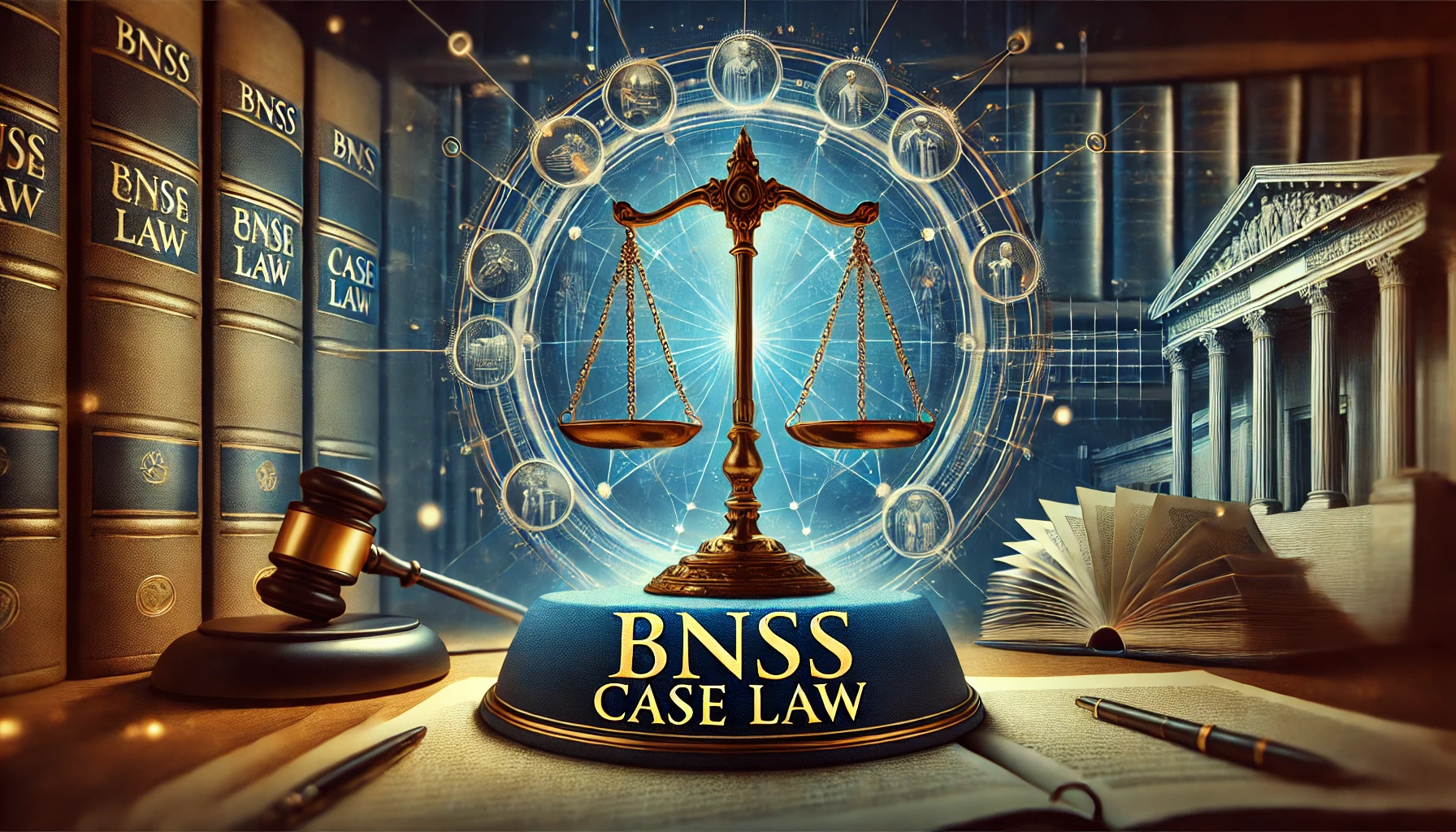
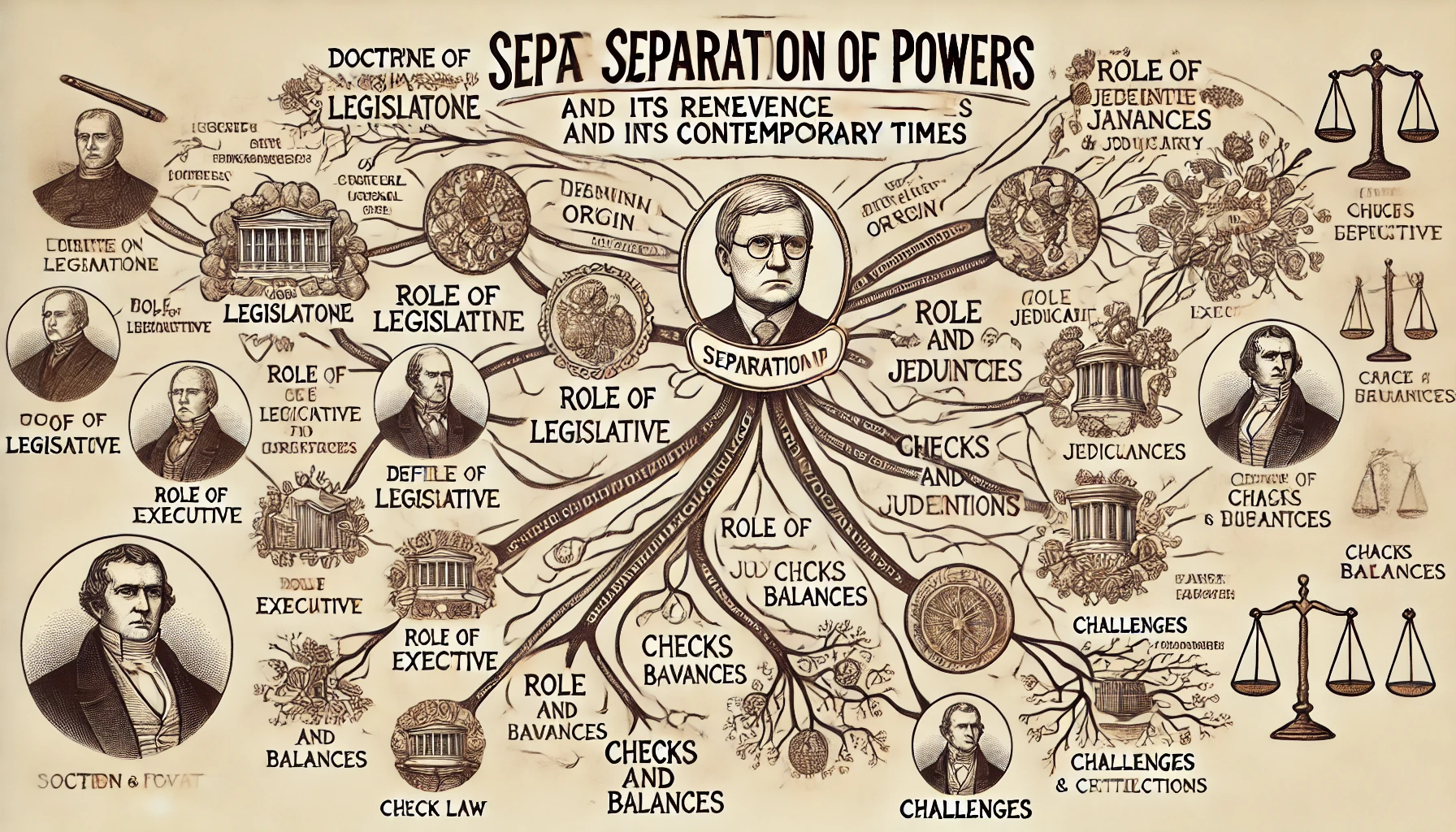
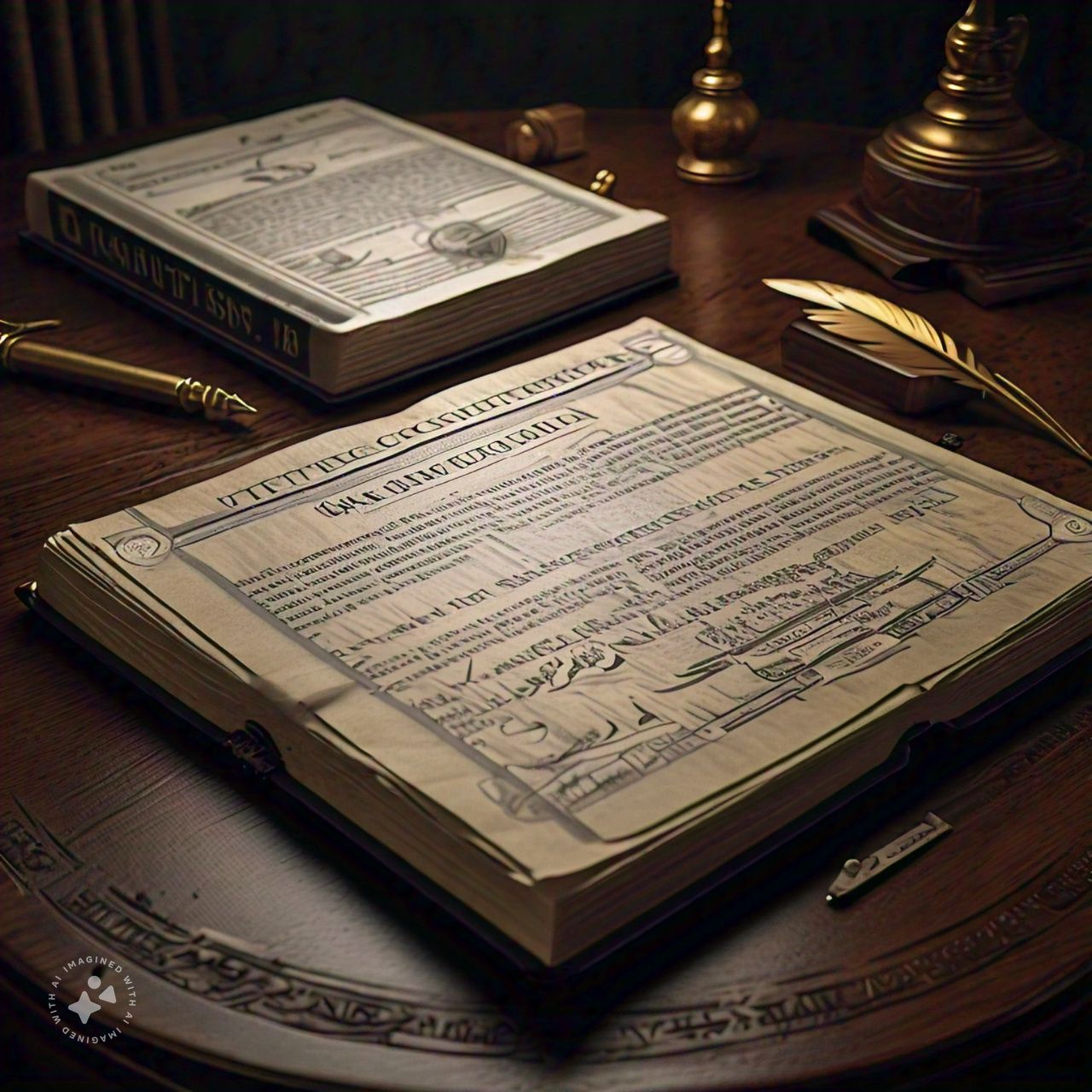

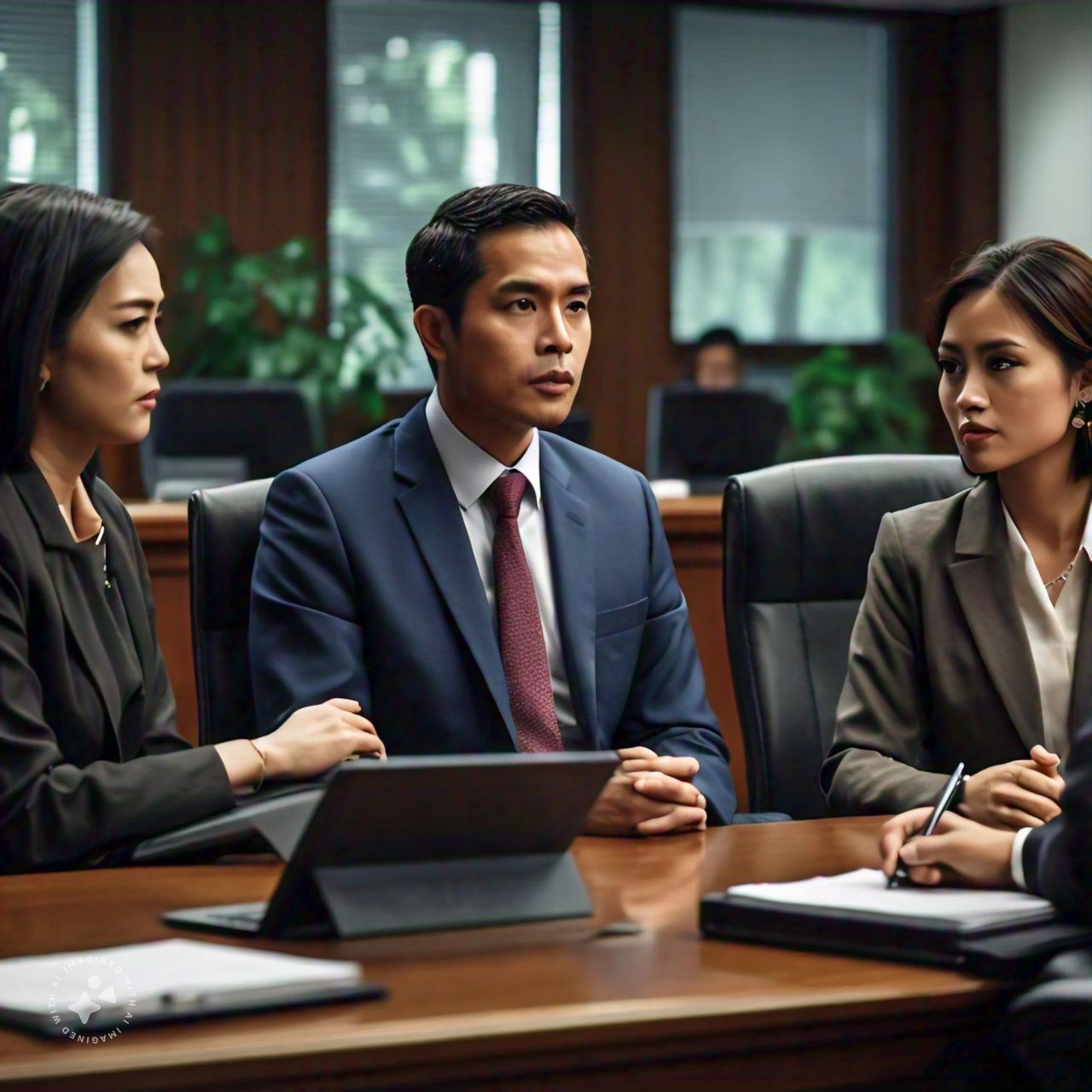
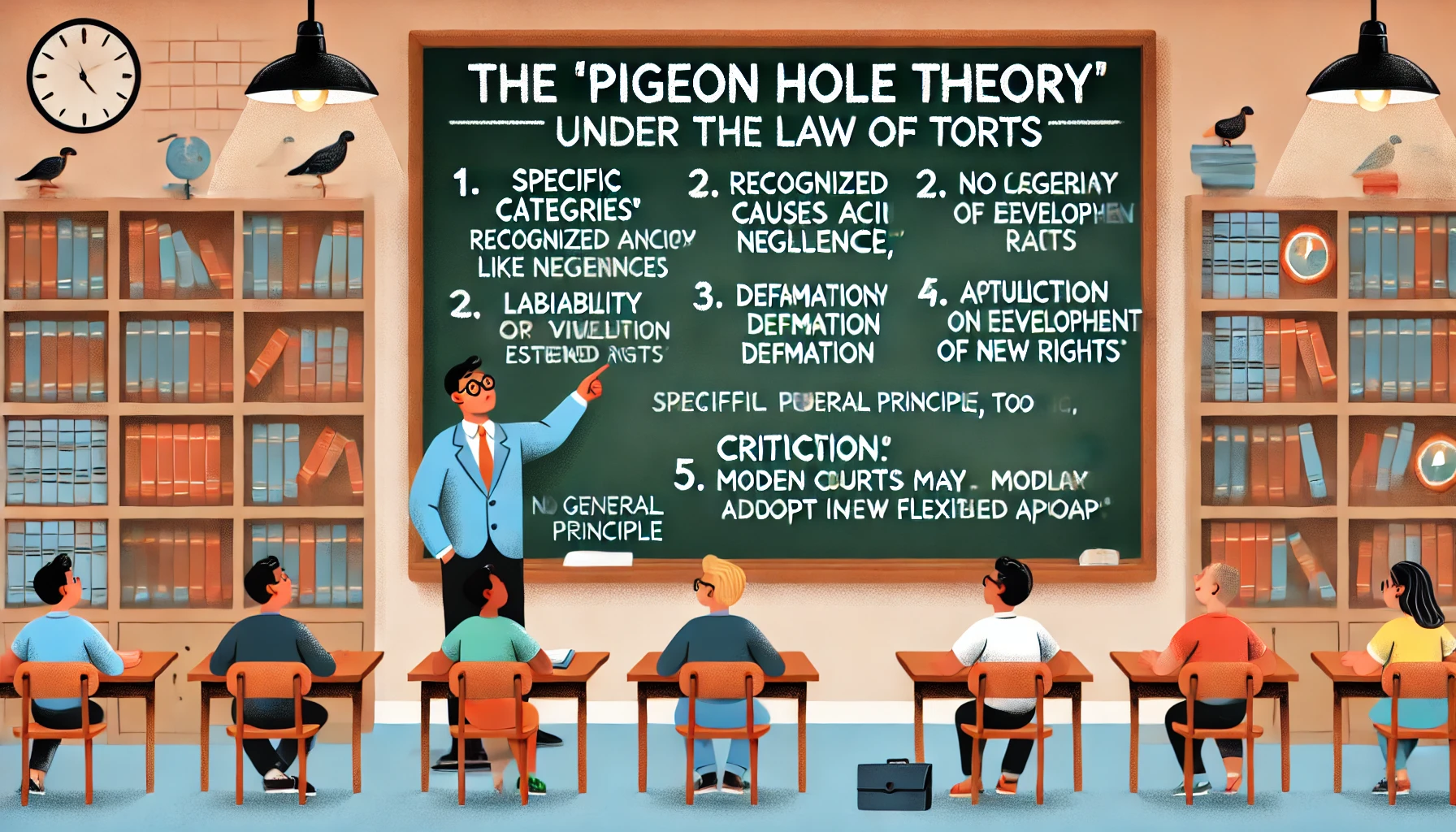
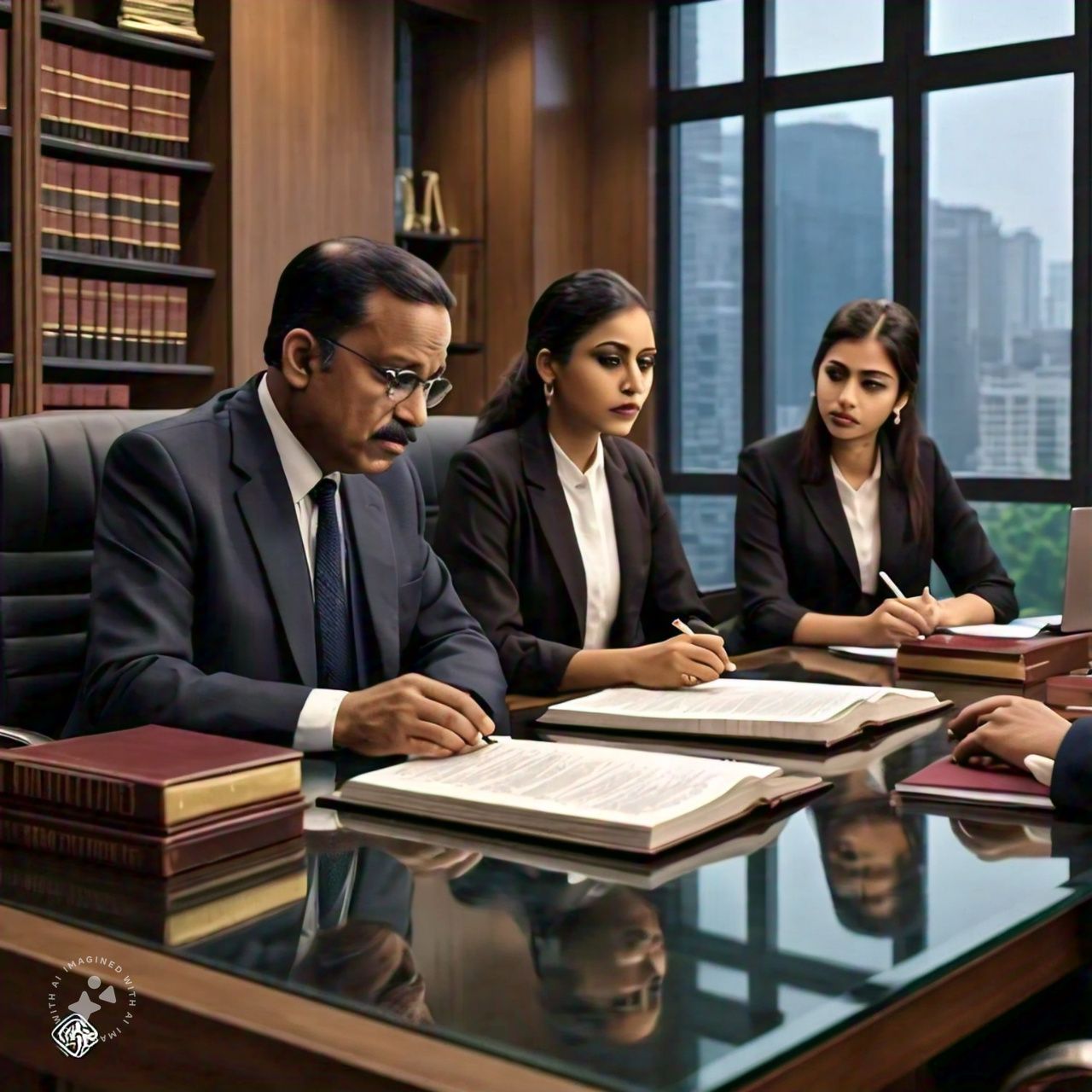
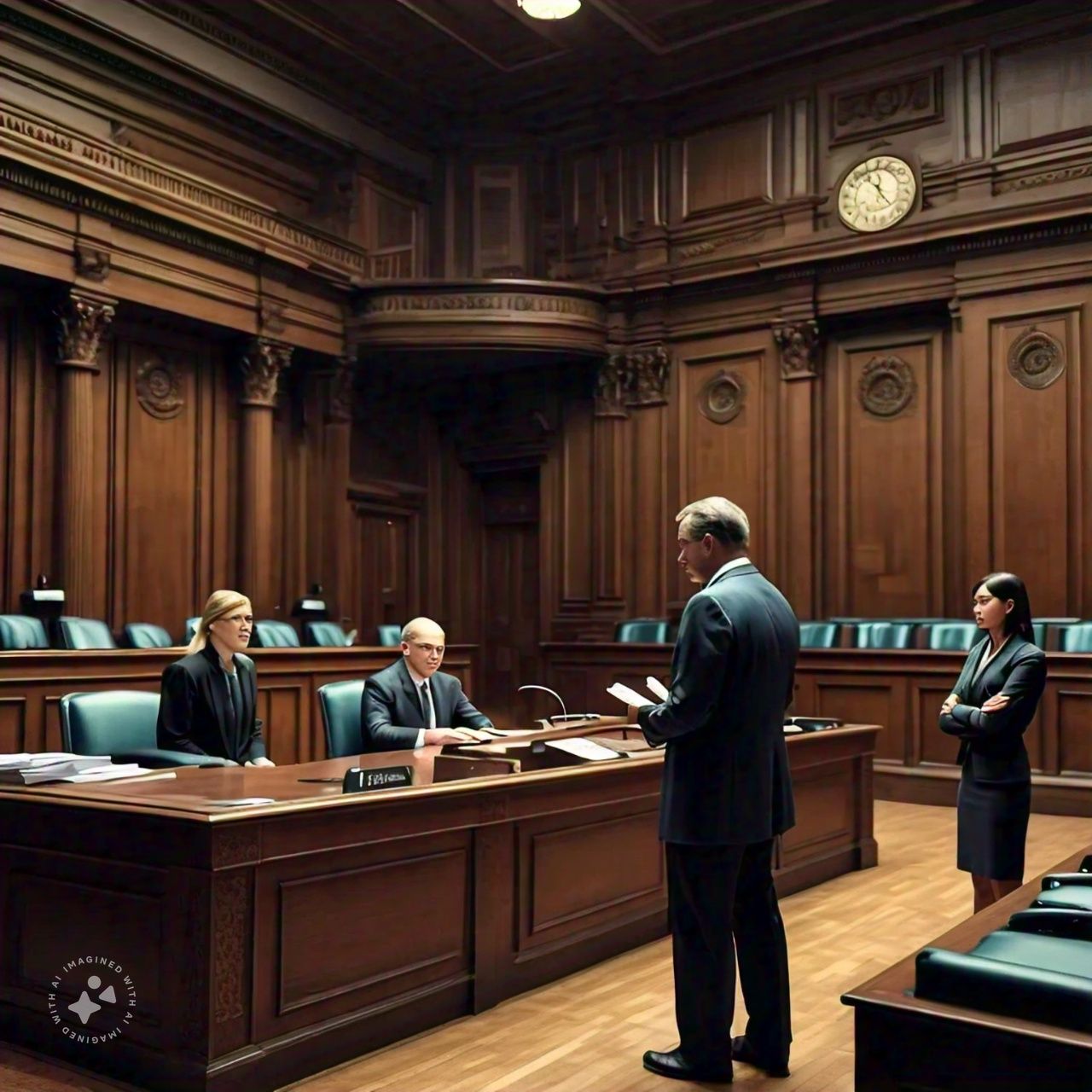

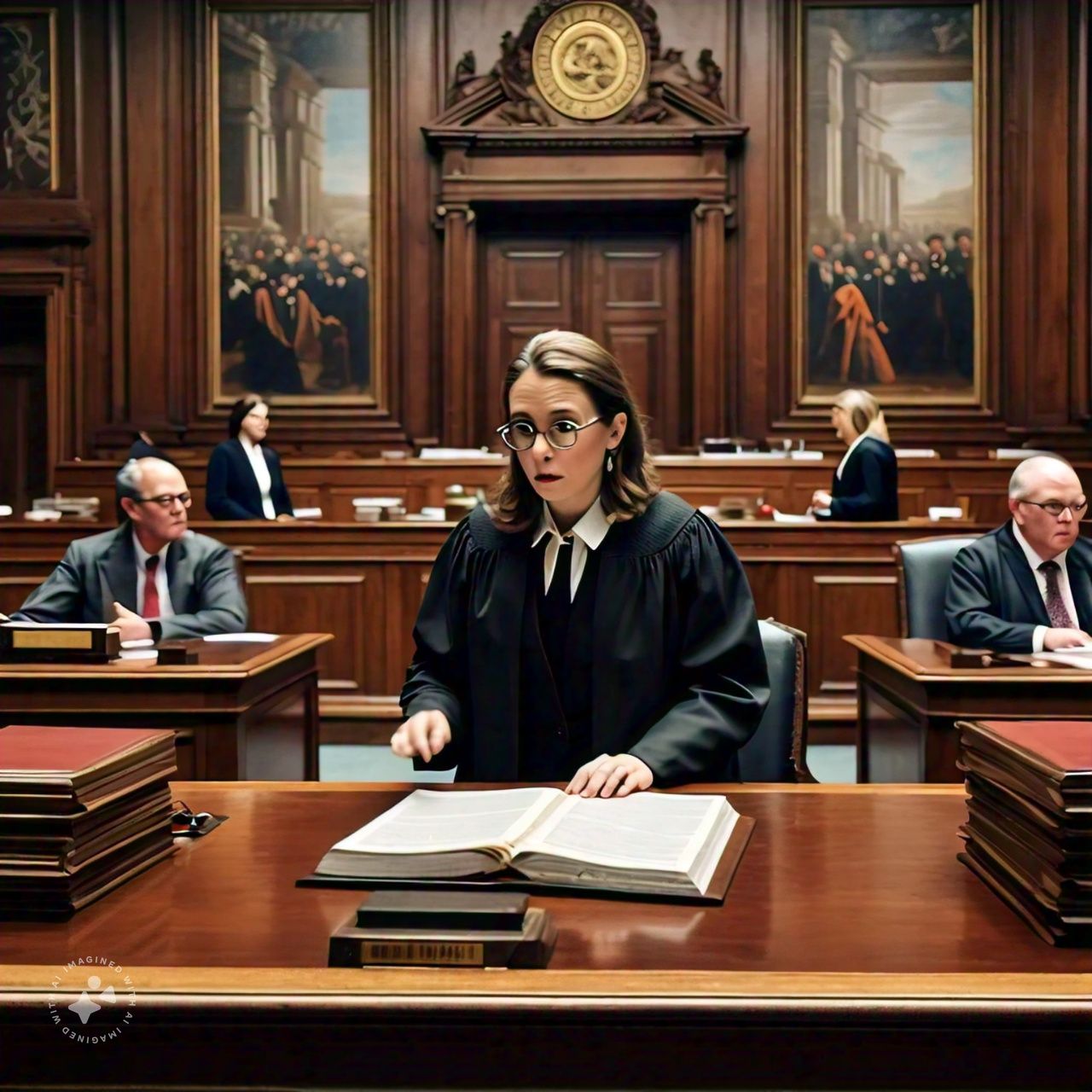
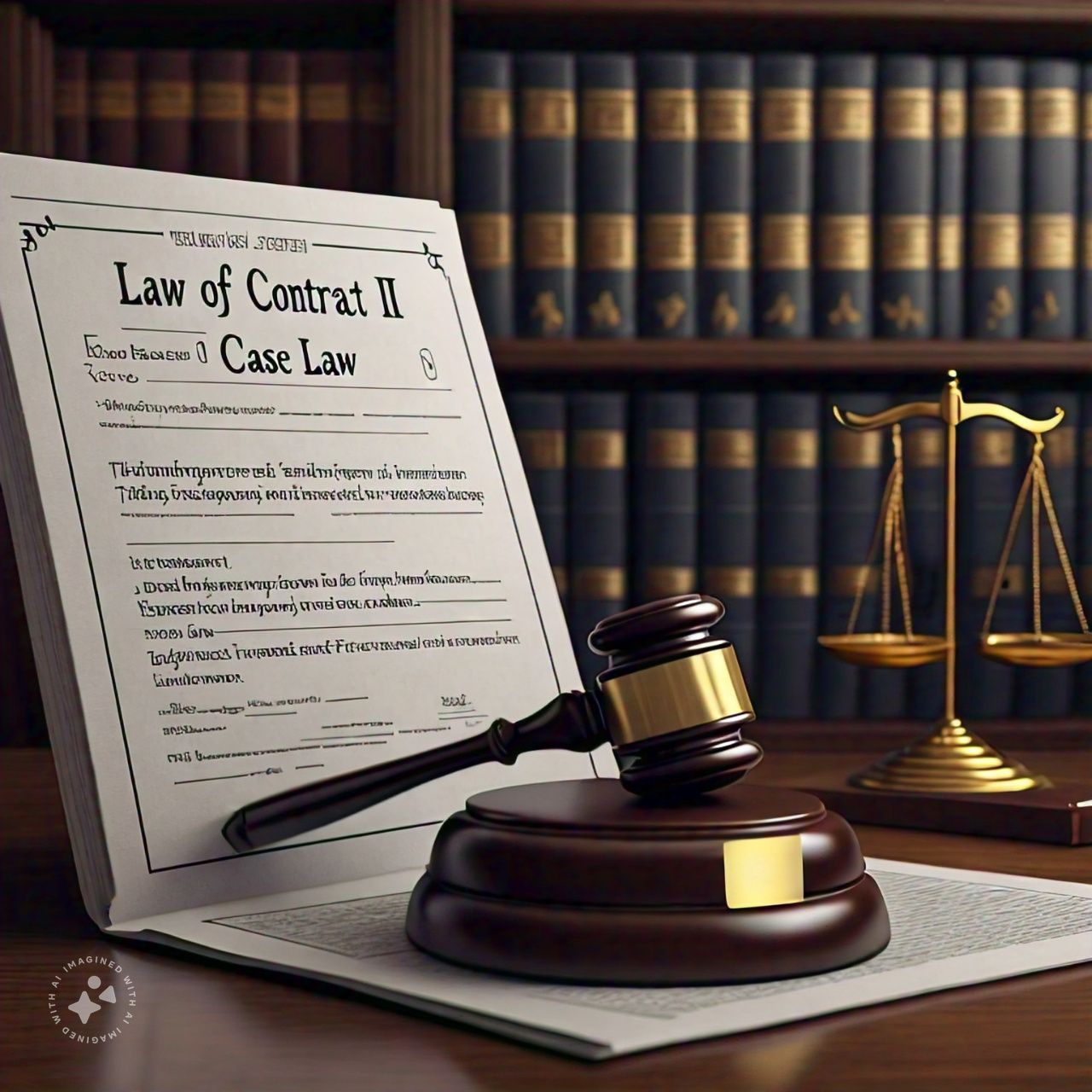
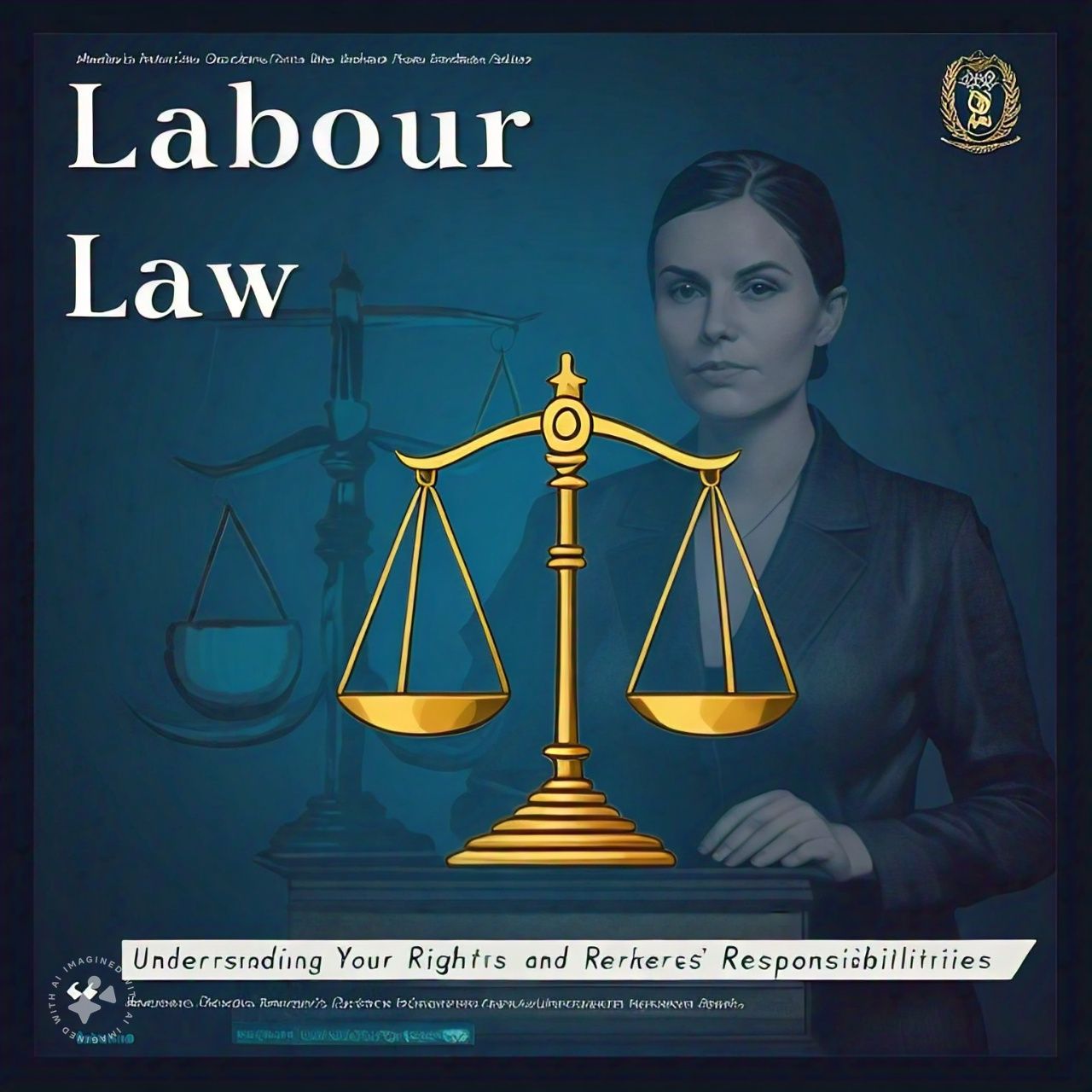
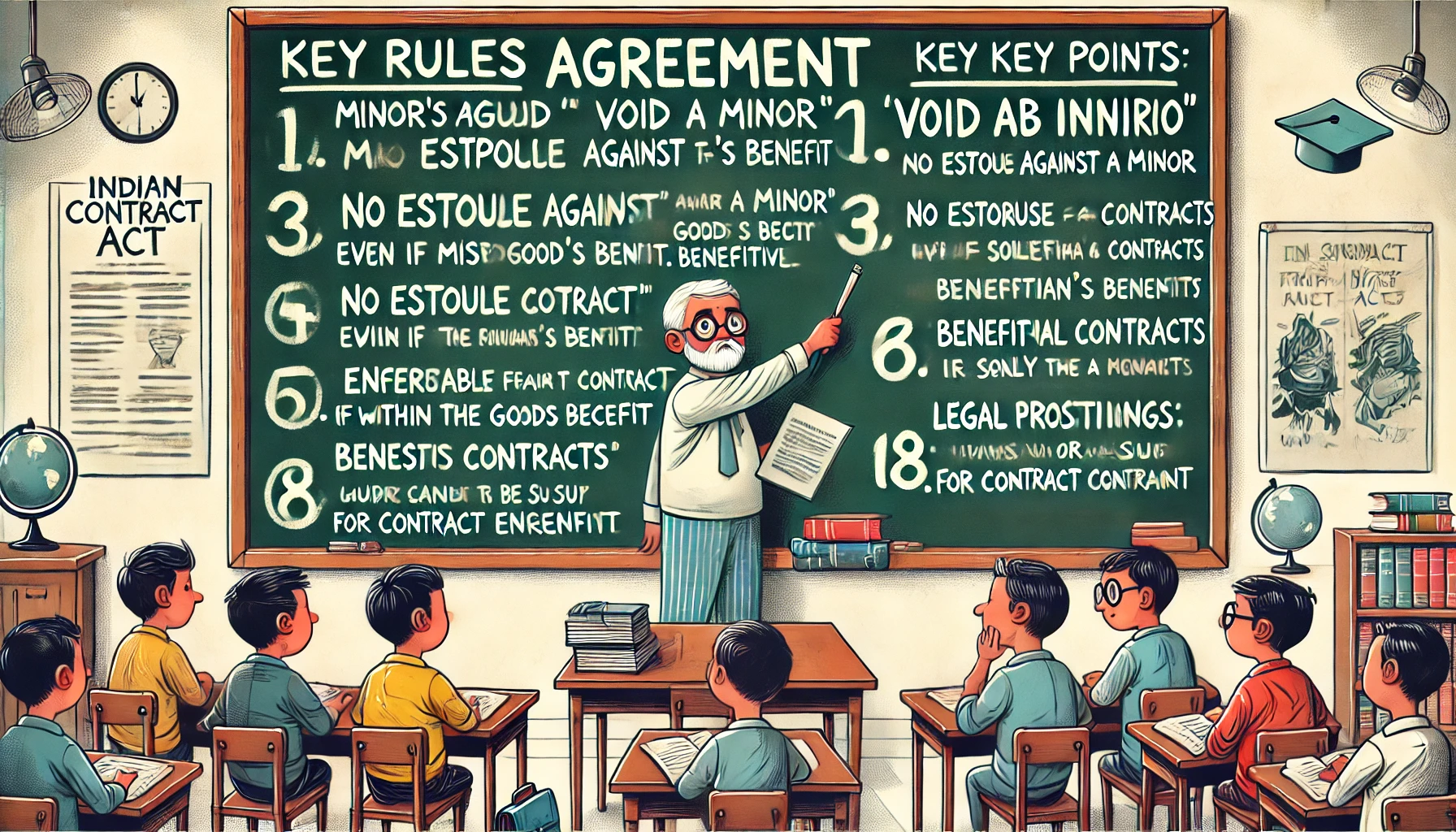
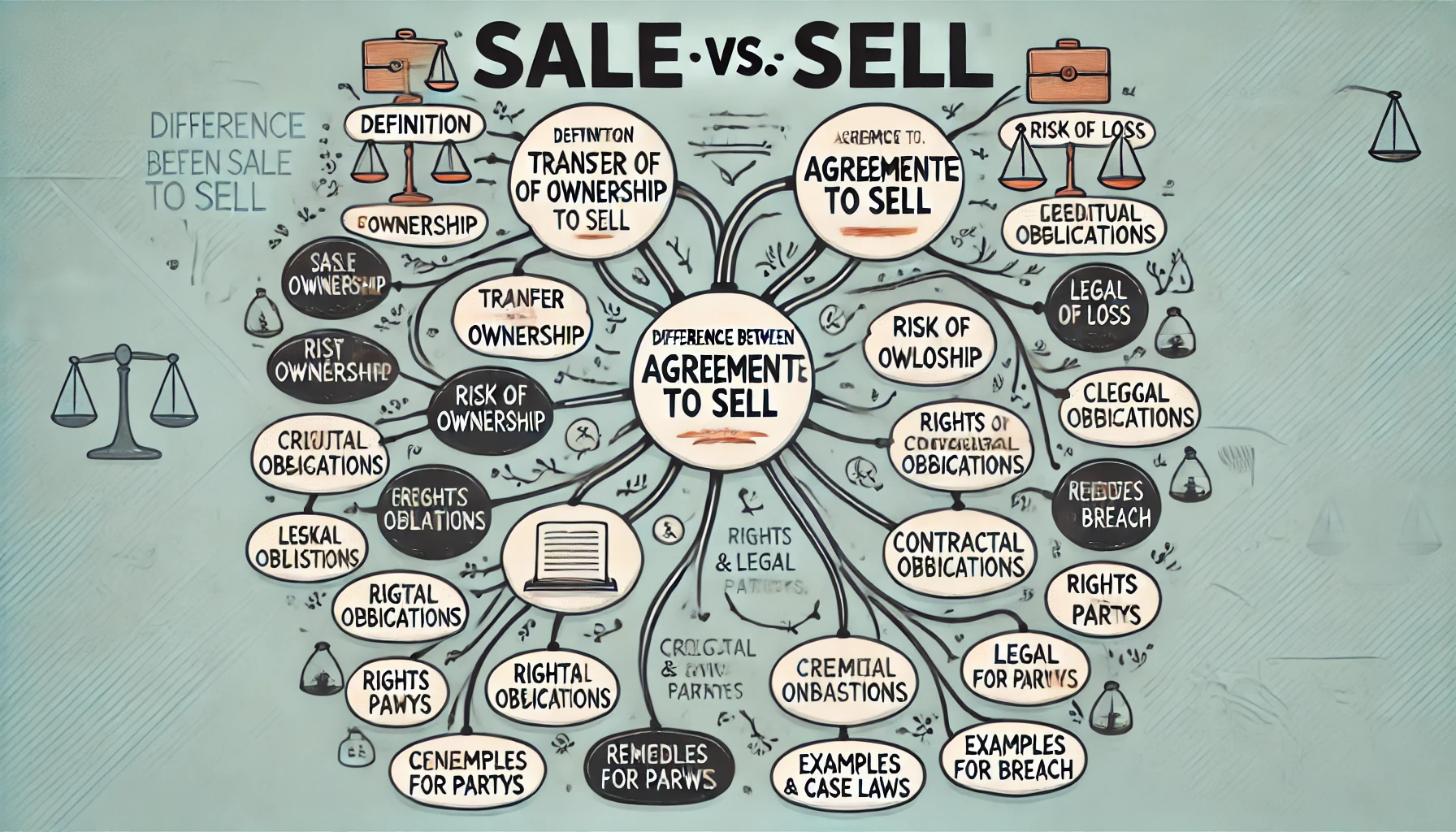


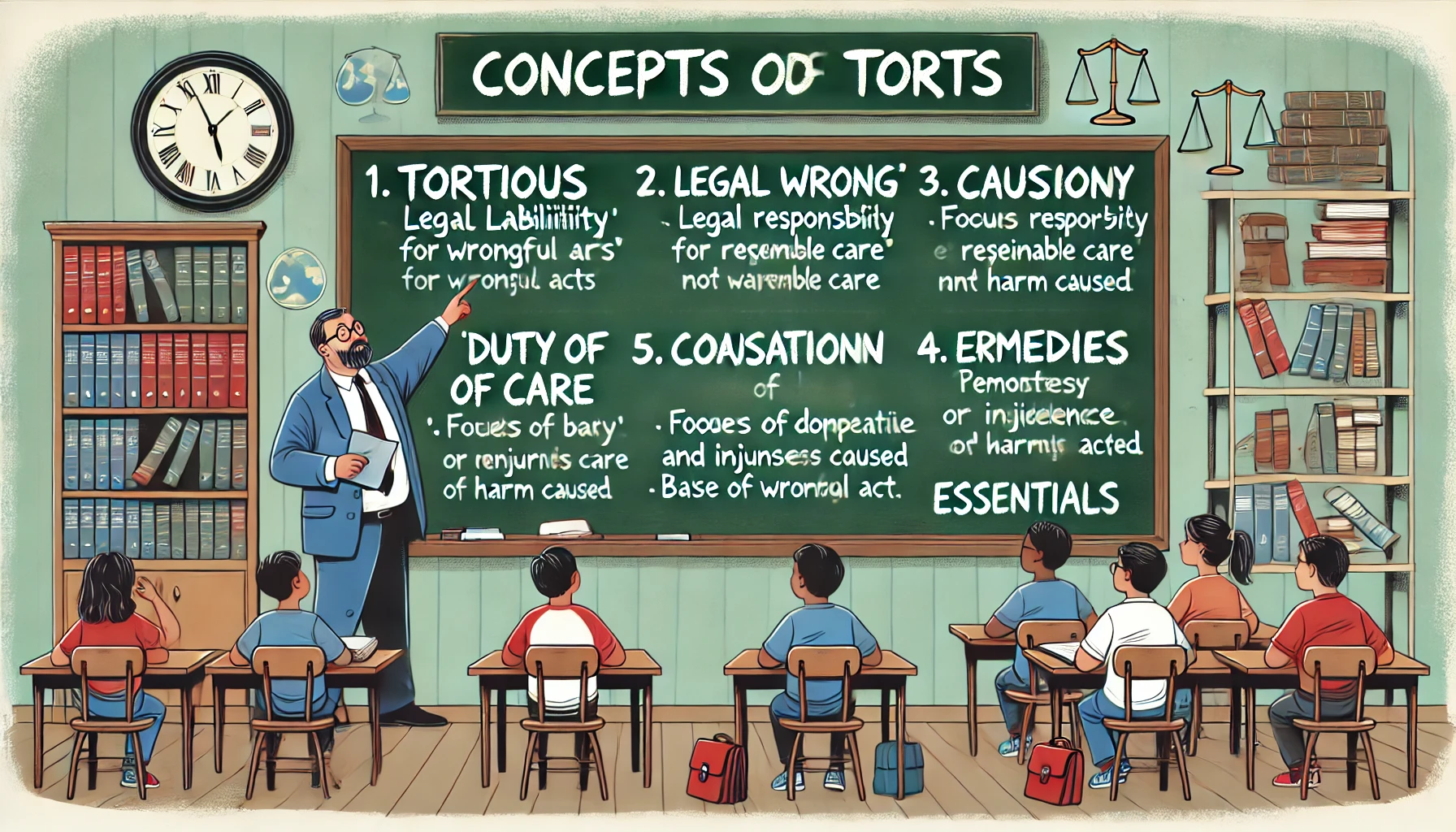
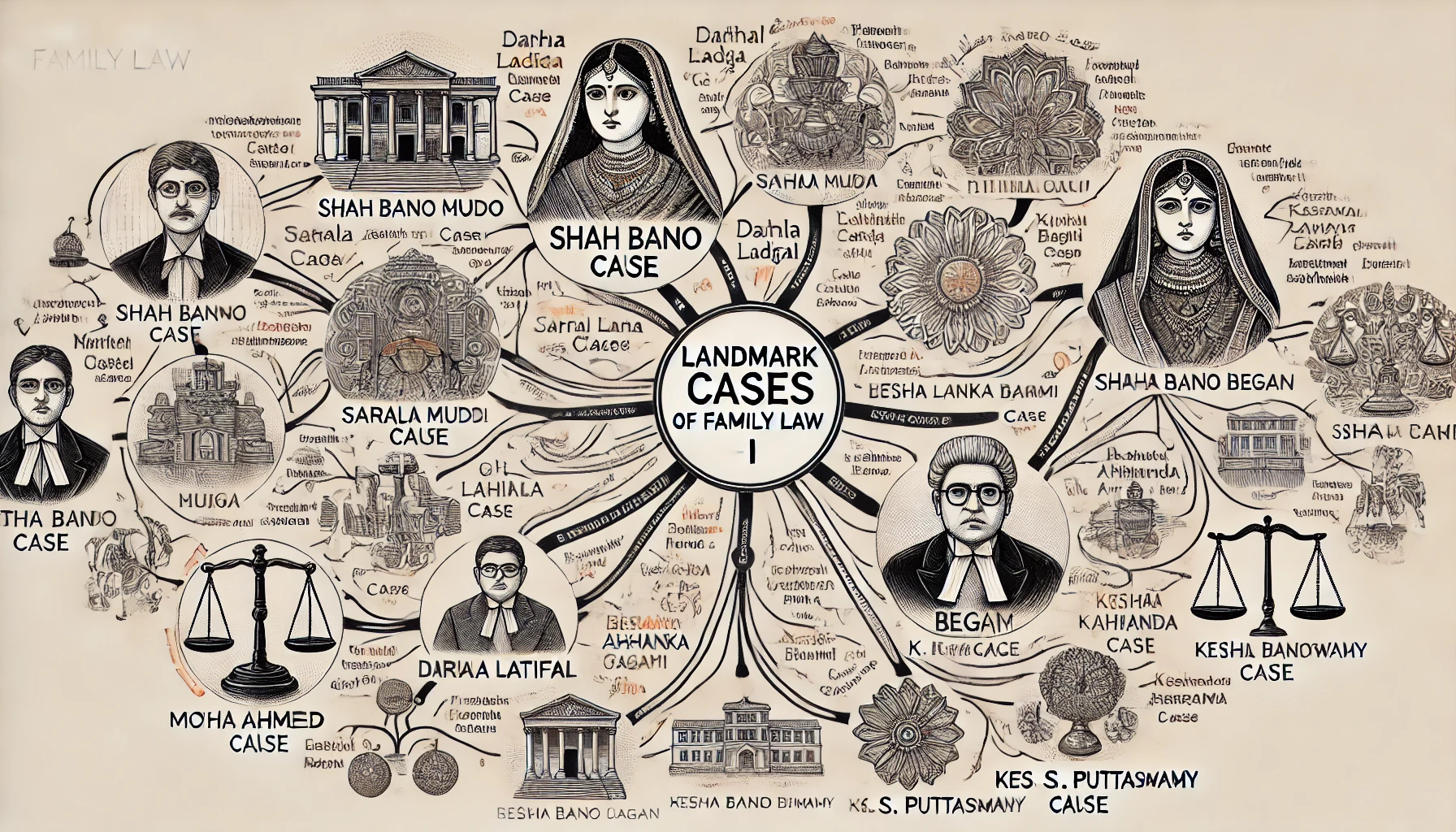


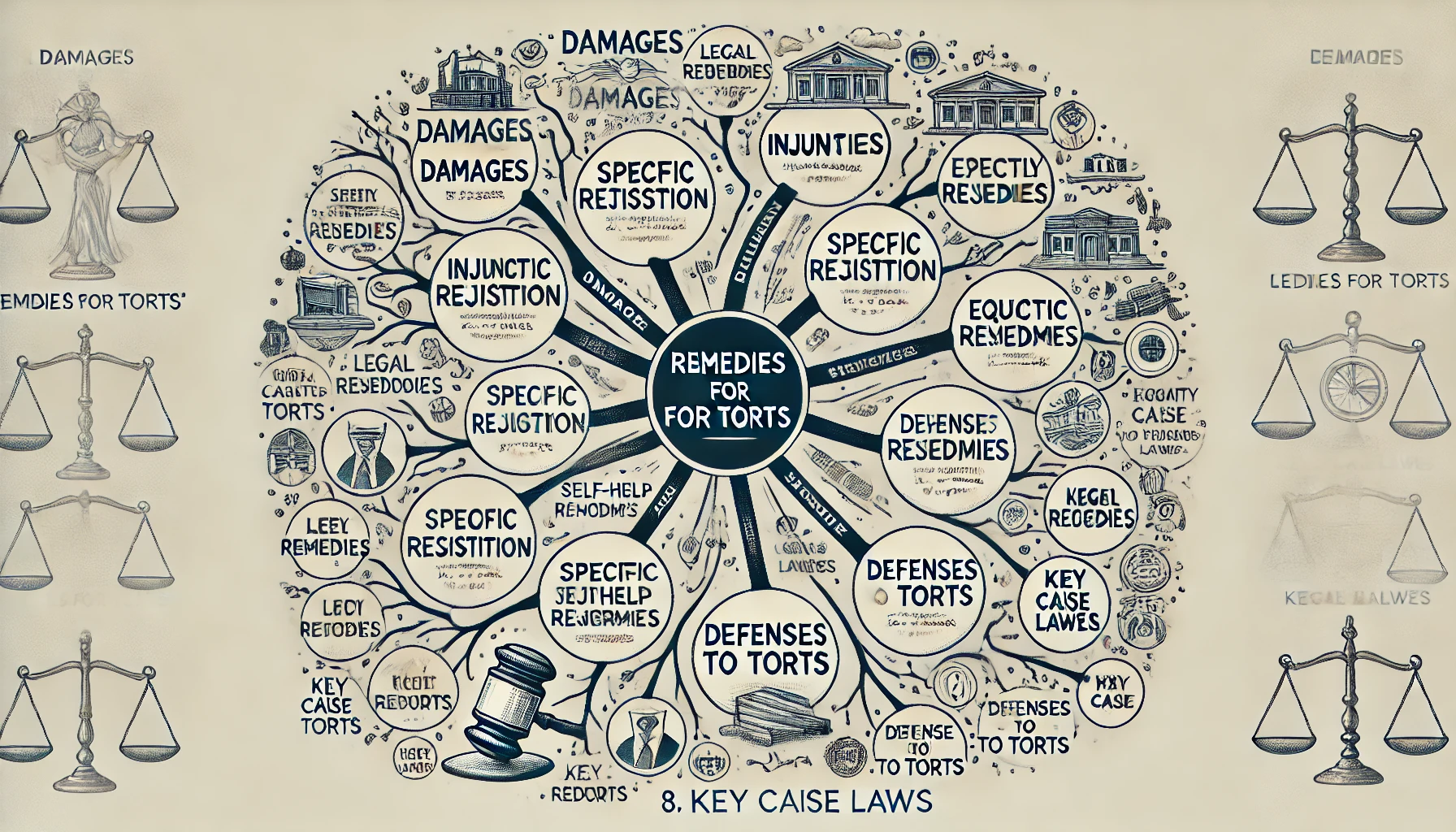


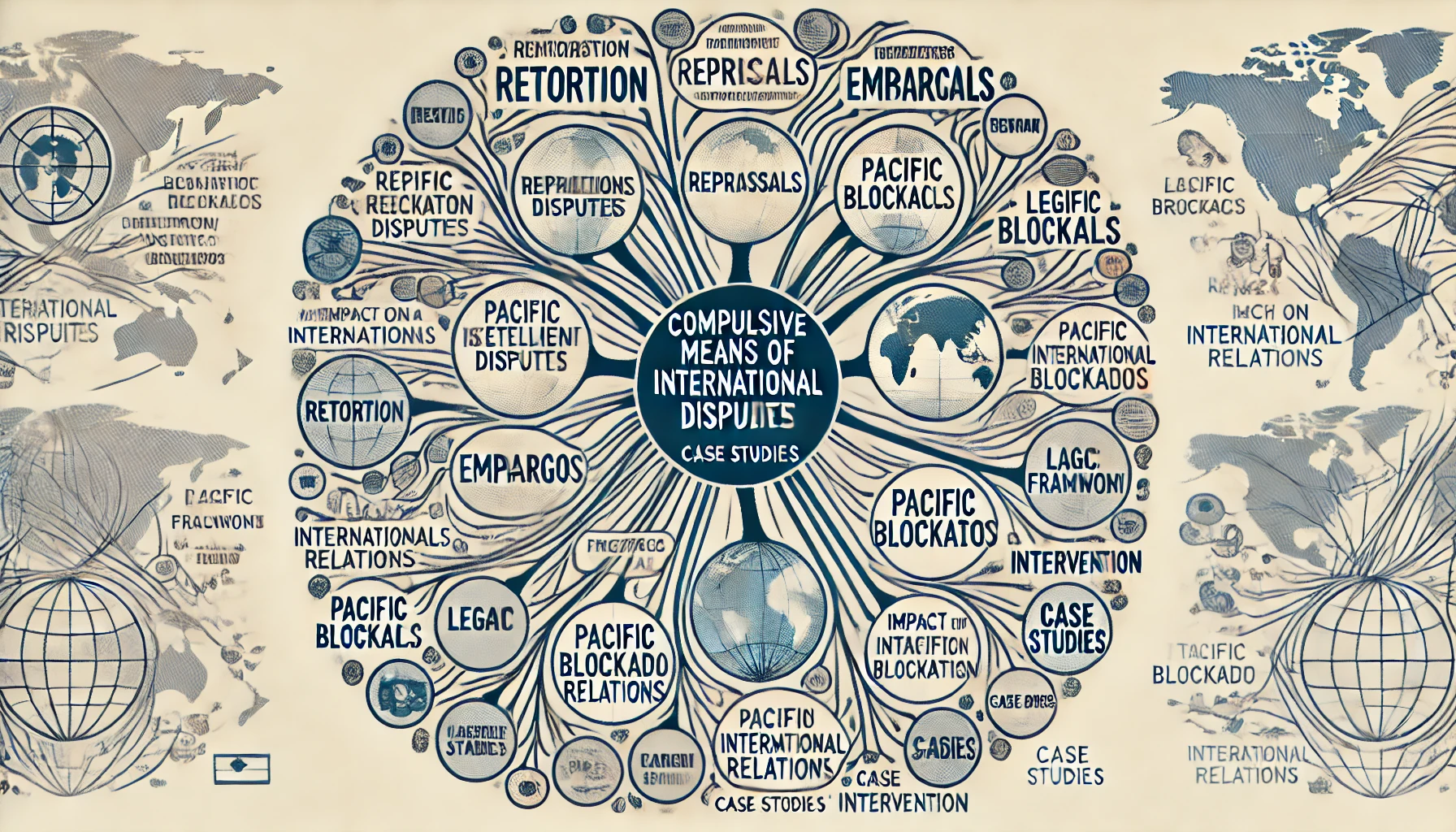

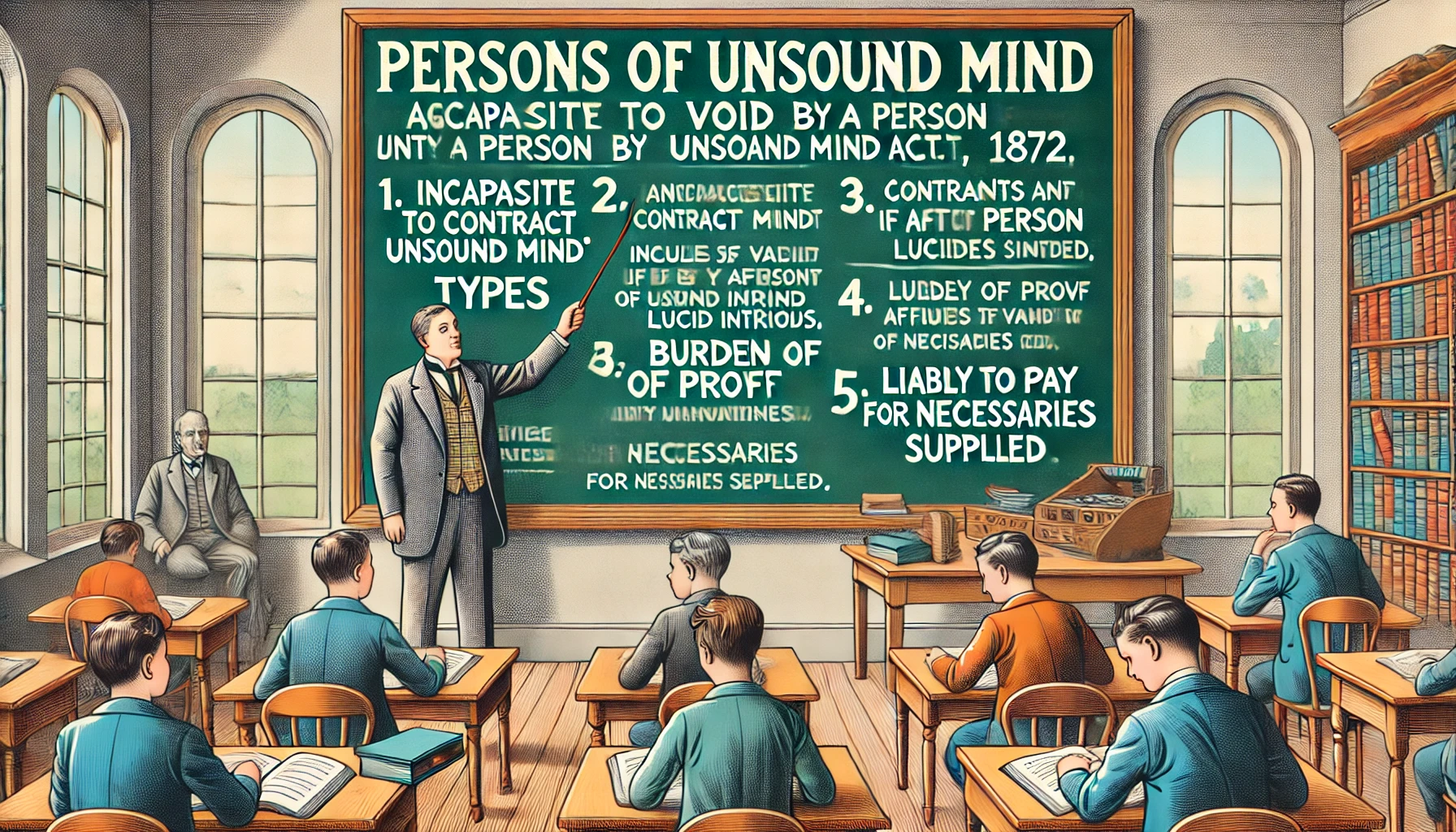

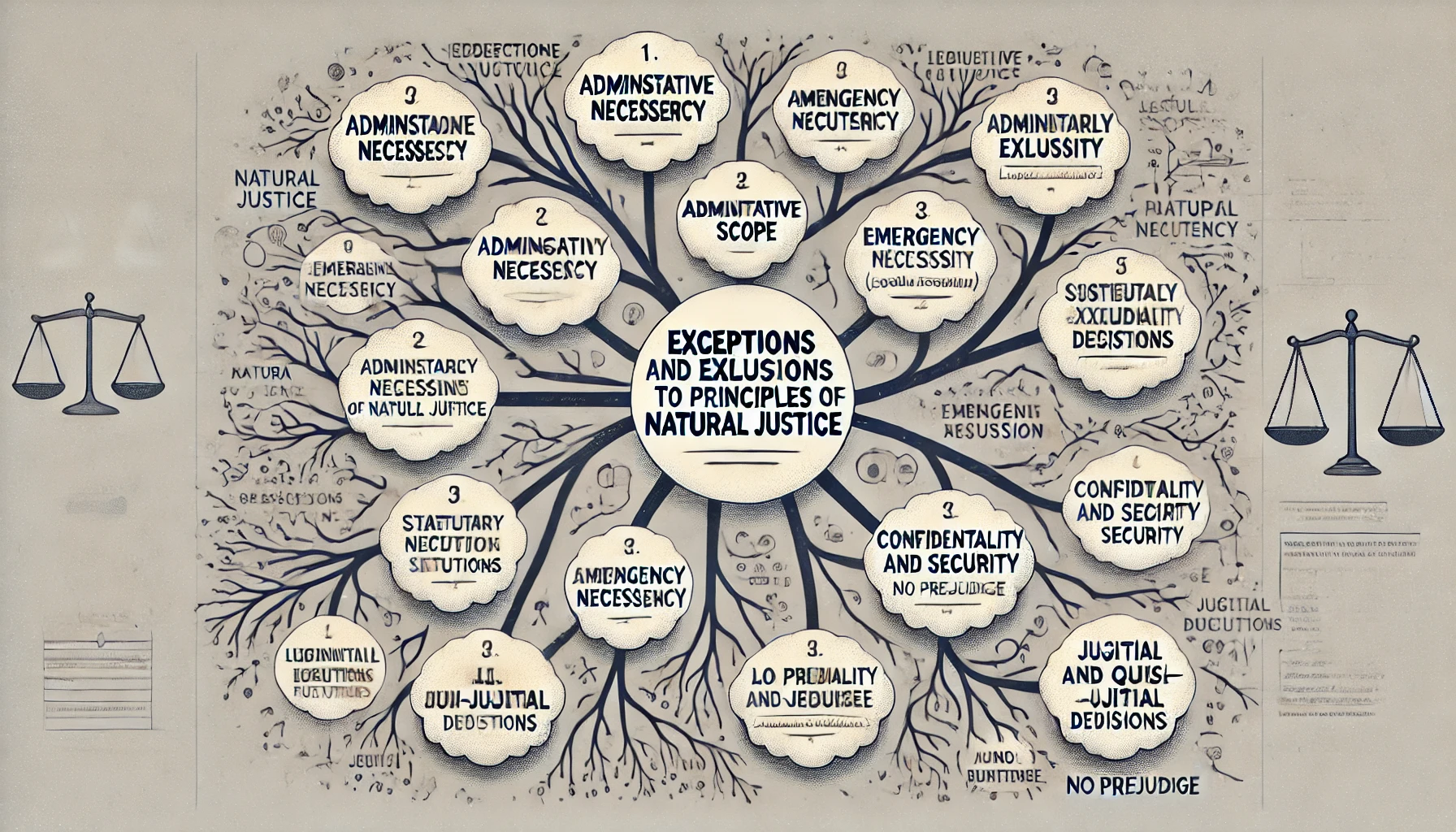



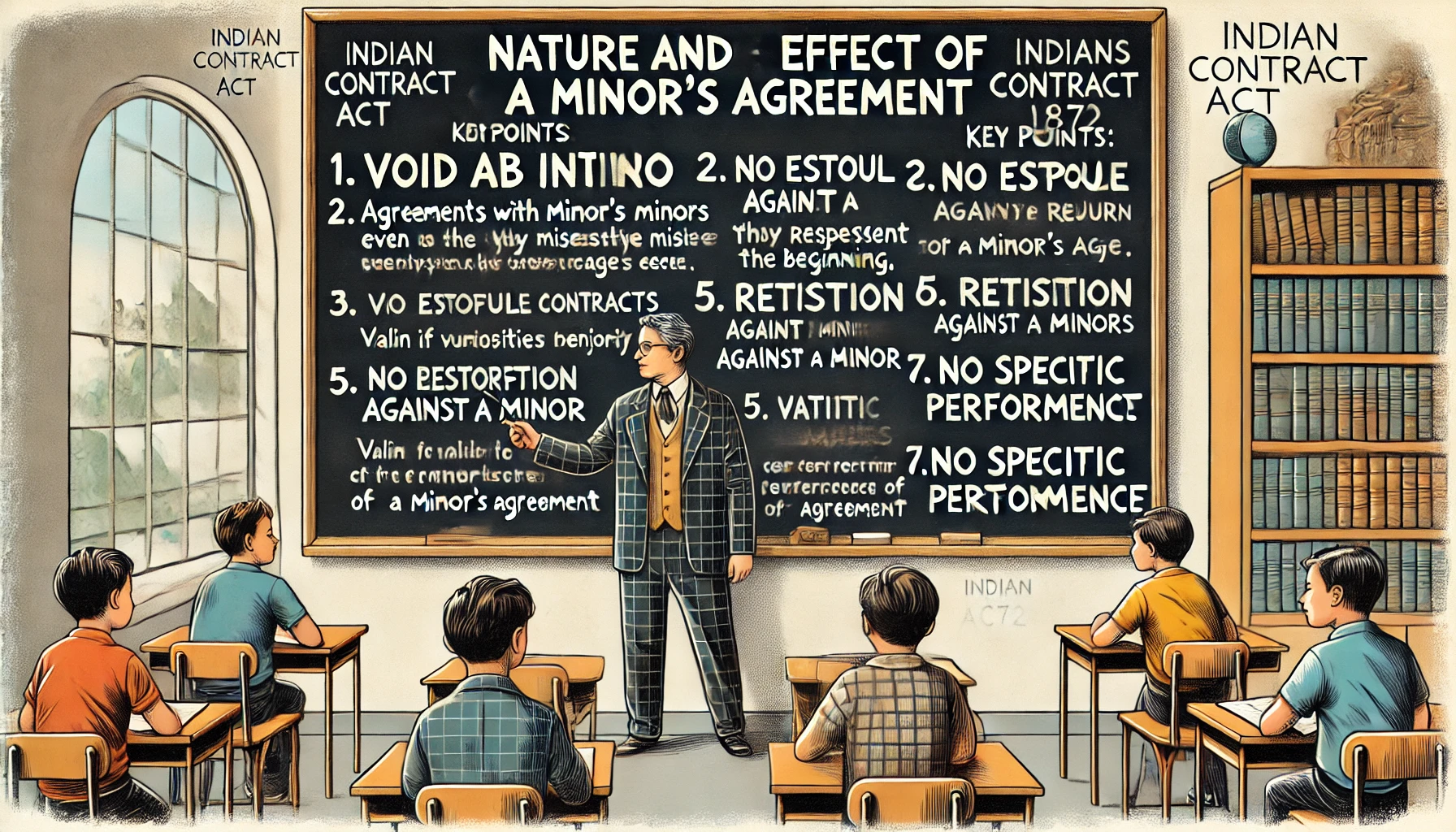


Comment
Nothing for now